Snake Tattoo Guide: Ultimate Design Ideas, Meanings & Placement
- Leonardo Pereira
- 7 hours ago
- 42 min read
Are you considering a snake tattoo but feeling overwhelmed by the countless design options, placement considerations, and symbolic meanings? You're not alone. Snake tattoos have slithered their way to becoming one of the most sought-after tattoo designs in 2024, combining rich symbolism with versatile artistic possibilities.
This comprehensive guide explores everything you need to know about snake tattoos – from traditional snake and dagger designs to minimalist snake outlines, from realistic cobra tattoos to Japanese snake tattoos (Hebi). Whether you're planning your first tattoo or adding to your collection, this expert resource provides all the information you need to make an informed decision about your serpentine body art.
Snake tattoos offer incredible versatility in both design and symbolism. Their naturally elongated form allows them to gracefully wrap around arms, flow along the spine, or coil perfectly on the shoulder. From venomous vipers and cobras to mythological serpents like Jörmungandr or Quetzalcoatl, these reptilian designs can represent transformation, wisdom, protection, or danger depending on your personal interpretation.
Many tattoo enthusiasts choose snake imagery for its powerful symbolism of rebirth and renewal, as snakes shed their skin and emerge renewed. Others are drawn to the protective qualities of guardian serpents or the ancient healing associations seen in the medical caduceus symbol. Some incorporate personal elements like flowers, daggers, or skulls to create truly unique snake tattoo designs that reflect their individual style and meaning.
What You'll Discover in This Complete Snake Tattoo Guide:
Whether you're considering a fierce rattlesnake tattoo, an elegant snake and rose design, or a simple ouroboros (snake eating its tail), this guide provides all the information you need to make your snake tattoo a reality. From selecting the perfect style and placement to understanding costs and aftercare, we've covered every aspect of these powerful and distinctive tattoos.
Continue reading to discover the perfect snake tattoo approach that resonates with your personal style and symbolic intentions. From traditional American snake tattoos to contemporary geometric serpent designs, small discrete pieces to bold statement tattoos, this comprehensive resource will help you navigate every aspect of getting a snake tattoo you'll love for years to come.
The Symbolism and Meaning of Snake Tattoos

Snake tattoos carry some of the richest and most diverse symbolic meanings in the world of body art, drawing on thousands of years of cultural significance across civilizations. Perhaps the most universal symbolism associated with snake tattoos is transformation and rebirth, derived directly from the snake's natural ability to shed its skin and emerge renewed. This powerful metaphor resonates with many tattoo enthusiasts who have experienced significant life changes, personal growth, or recovery from difficult circumstances. The shedding process represents letting go of the past and embracing new beginnings, making snake tattoos particularly meaningful for those marking major life transitions like recovery from addiction, surviving illness, ending toxic relationships, or embarking on new personal journeys. The cyclical nature of this shedding process also connects to concepts of immortality and eternal renewal, with the ouroboros (a snake eating its own tail) specifically representing the infinite cycle of destruction and recreation that governs both natural processes and human experience.
Wisdom and knowledge represent another powerful symbolic dimension of snake tattoos, with roots in numerous cultural traditions that view serpents as keepers of sacred knowledge or symbols of intellectual power. In Greek mythology, the goddess Athena, associated with wisdom and strategic thinking, often appears with serpent imagery. Biblical references, while often casting the serpent as a tempter, still acknowledge its connection to the tree of knowledge, creating complex symbolic associations between snakes and forbidden or transformative wisdom. In Hindu traditions, kundalini energy is depicted as a coiled serpent at the base of the spine, representing dormant spiritual knowledge and power that can be awakened through spiritual practices. Many contemporary snake tattoo enthusiasts connect with these ancient associations, choosing serpent imagery to represent their own pursuit of knowledge, intellectual achievements, or spiritual awakening. The alert, watchful nature of snakes further reinforces this symbolism, with their unblinking gaze suggesting heightened awareness and perception beyond ordinary understanding.
Protection and guardianship emerge as significant symbolic meanings for snake tattoos across diverse cultural contexts, making these designs particularly resonant for those seeking protective imagery. In ancient Egyptian culture, the cobra goddess Wadjet served as a protective deity, with her image worn by pharaohs as the uraeus crown to guard them from enemies. Norse mythology features the Midgard Serpent (Jörmungandr) encircling the world, simultaneously threatening and protecting the cosmic order. In many Asian cultures, particularly Chinese and Japanese traditions, snakes serve as guardian spirits that protect homes, sacred spaces, and individuals from harm or negative influences. This protective symbolism makes snake tattoos meaningful choices for those in protective professions like military, law enforcement, or firefighting, as well as parents or caregivers who identify with the fierce protective instincts associated with certain snake species. The defensive postures of snakes – like the cobra's spread hood or the rattlesnake's warning – visually reinforce this protective symbolism, creating powerful imagery that communicates boundary-setting and defensive readiness.
Healing and medicine create another significant symbolic dimension for snake tattoos, with the caduceus (a staff with two intertwined snakes) and the rod of Asclepius (a staff with a single snake) serving as internationally recognized symbols of medical practice. This association dates back to ancient Greek mythology, where Asclepius, the god of medicine, carried a serpent-entwined staff representing healing powers. The snake's connection to healing extends beyond Western traditions, appearing in shamanic practices across indigenous cultures where serpent spirits often guide healing journeys or represent medicinal knowledge. The snake's venom itself creates a powerful symbolic paradox – the same substance that can kill also has potential healing properties when properly prepared, mirroring how many effective medicines can be dangerous if misused. This duality makes snake tattoos particularly meaningful for medical professionals, those who have recovered from illness, or individuals working in healing professions who appreciate the complex symbolism of transformation through potentially dangerous but ultimately healing processes.
Temptation, sexuality, and danger represent the more provocative symbolic associations with snake tattoos, drawing on biblical imagery of the serpent in Eden and the natural wariness many humans feel toward these potentially venomous creatures. The sinuous, fluid movement of snakes creates natural associations with sensuality and seduction, reinforced by their phallic shape and the intimate way they move against surfaces. In many cultural traditions, snakes represent feminine power specifically, with connections to fertility goddesses and earth energies that emphasize creative and sexual potency. The dangerous aspects of certain venomous species add an element of risk and excitement to these associations, creating tattoo symbolism that embraces both attraction and danger – the thrill of the forbidden or the acknowledgment of powerful desires. For some tattoo enthusiasts, this complex symbolic mixture represents embracing their own sexuality, acknowledging their dangerous or tempting qualities, or reclaiming narratives around temptation and desire on their own terms rather than through religious or social constraints.
Cultural and mythological serpent symbolism adds extraordinary depth to snake tattoos, with each tradition offering unique interpretations that influence contemporary designs. Egyptian serpent imagery, particularly the cobra, connects to royal protection, divine feminine power, and the afterlife journey. Greek mythology features numerous serpent beings, from the healing associations of Asclepius to the monstrous Medusa with her hair of snakes, representing both wisdom and terror. Norse mythology's World Serpent (Jörmungandr) embodies both destruction and cosmic order, creating powerful symbolism for those drawn to Norse spiritual traditions. In Aztec and Mayan cultures, the feathered serpent deity Quetzalcoatl represents the union of earth (serpent) and sky (bird), embodying creation, wisdom, and arts. Chinese traditions associate the snake with good fortune, wisdom, and one of the zodiac signs, creating personal connections for those born in snake years. Japanese snake tattoos (Hebi) often represent divine protection, good fortune, and natural wisdom within the traditional Irezumi tattoo system. These diverse cultural interpretations allow tattoo enthusiasts to connect their snake designs to specific heritage traditions or philosophical systems that resonate with their personal identity and values, creating deeply meaningful body art that goes beyond aesthetic appreciation to embody cultural and spiritual connections.
Popular Snake Tattoo Styles

Traditional American snake tattoos represent one of the most enduring and recognizable approaches to serpent imagery, with roots in early 20th century tattoo history and continued popularity in contemporary studios. These designs feature bold black outlines, limited but vibrant color palettes, and stylized forms that prioritize graphic impact over naturalistic detail. The traditional approach typically depicts snakes in dynamic, aggressive poses – coiled rattlesnakes ready to strike, cobras with spread hoods, or serpents wrapped around daggers, skulls, or other classic tattoo elements. The color palette often features strong primary colors, particularly vibrant reds and yellows that create high-contrast, eye-catching designs that maintain their visibility and impact for decades.
Text elements like "Don't Tread On Me" frequently accompany rattlesnake designs, connecting to American historical symbolism, while phrases like "Death Before Dishonor" might appear with snake and dagger combinations, emphasizing themes of honor and danger. The simplified forms and strong outlines of traditional snake tattoos make them particularly effective for areas with significant movement or muscle definition, as the bold design elements maintain their clarity despite skin flexion or aging. For many tattoo enthusiasts, these traditional designs connect to tattoo heritage and Americana aesthetics while offering exceptional longevity and impact compared to more detailed or delicate approaches.
Realistic snake tattoos represent the opposite end of the stylistic spectrum, aiming to capture serpents with photographic accuracy and dimensional depth. These designs emphasize precise anatomical details – from individual scales and complex patterning to the subtle textures of snake skin and the distinctive features of specific species. The technical demands of realistic snake tattoos require exceptional artistic skill, particularly in creating the illusion of three-dimensional form through sophisticated shading techniques and careful attention to how light interacts with the snake's body. Color realism approaches use expanded, subtle color palettes to capture the natural hues of specific snake species, from the vibrant warning colors of coral snakes to the camouflage patterns of pythons or the distinctive diamond patterns of rattlesnakes.
Black and gray realism creates equally striking results through careful gradation of tones, often incorporating dramatic lighting effects that enhance the dimensional impact. The placement considerations for realistic snake tattoos differ from traditional approaches, with these detailed designs typically requiring larger canvas areas with relatively flat surfaces – like the outer thigh, back, or chest – to accommodate the intricate details that make these interpretations effective. The naturalistic approach connects to appreciation for the biological beauty of snakes themselves, often appealing to nature enthusiasts, biology professionals, or those seeking to capture the specific characteristics of snake species that hold personal significance.
Neo-traditional snake tattoos bridge the gap between traditional boldness and contemporary detail, creating distinctive interpretations that honor tattoo heritage while incorporating modern techniques. These designs maintain the strong outlines and graphic impact of traditional work while expanding color palettes, incorporating more subtle shading, and allowing for greater anatomical accuracy without sacrificing visual punch.
The neo-traditional approach typically emphasizes decorative elements that enhance the snake's natural beauty – exaggerated scale patterns, ornamental additions, or stylized environmental elements that create context without strict naturalism. Color choices often extend beyond traditional primary palettes to include jewel tones, pastels, or complementary color schemes that create more sophisticated visual relationships while maintaining the high contrast that ensures good aging.
The illustrative quality of neo-traditional work creates a distinctive aesthetic that references vintage illustration, poster art, or classic flash while incorporating contemporary sensibilities. These designs work effectively across various placement options, from medium-sized pieces on arms or legs to larger compositions on back or chest, with the strong graphic elements maintaining their impact at different scales. For many tattoo collectors, neo-traditional snake designs offer an ideal balance between classic tattoo aesthetics and modern technical possibilities, creating pieces that feel simultaneously timeless and contemporary.
Japanese snake tattoos (Hebi) represent one of the most sophisticated and culturally rich approaches to serpent imagery, drawing on centuries of traditional Irezumi tattoo history. Within Japanese tattoo tradition, snakes symbolize good fortune, protection from misfortune, and natural wisdom, creating positive associations that contrast with some Western interpretations.
The distinctive stylistic approach features flowing, dynamic compositions where the snake's body creates movement across the skin, often interacting with other traditional elements like chrysanthemums, peonies, waves, or wind bars that enhance the sense of motion. The technical execution typically employs bold outlines with subtle black and gray background shading, accented by strategic color placement that creates visual harmony across large areas. Traditional Japanese snake tattoos often incorporate specific compositional principles, with the snake's body creating leading lines that guide the eye through the design and respect the body's natural contours and movement.
The scale of these pieces traditionally tends toward larger work – full sleeves, back pieces, or thigh designs that allow the snake's sinuous form to develop fully across the canvas. For those drawn to Japanese aesthetics or interested in the rich symbolism of traditional Irezumi, these snake designs offer exceptional artistic sophistication and cultural depth, particularly when created by artists with specific training in or respect for Japanese tattoo traditions.
Geometric and abstract snake tattoos represent some of the most contemporary approaches, breaking down the serpent's organic form into angular shapes, patterns, and lines that create striking modern interpretations. These designs range from subtle geometric influences – perhaps incorporating polygon shapes within a more naturalistic outline – to fully abstract compositions where the snake emerges from complex geometric patterns. Some approaches create the optical illusion of a snake composed entirely of geometric forms, visible when viewed from certain distances but dissolving into abstract patterns upon closer inspection. Dotwork techniques often feature prominently in these styles, using patterns of precisely placed dots to create shading and texture within the geometric framework. Blackwork approaches, using solid black elements and negative space rather than shading gradients, create bold, graphic interpretations that make powerful visual statements.
The contemporary aesthetic of geometric snake designs appeals particularly to those drawn to modern design sensibilities, creating tattoos that feel innovative and distinctive while maintaining the powerful impact of serpent imagery. The stylized nature of these approaches allows for creative interpretations that might incorporate personal elements – like meaningful symbols or patterns – within the geometric structure, creating highly personalized designs despite their abstract nature.
Minimalist snake tattoos have gained extraordinary popularity in recent years, offering subtle, elegant interpretations that focus on the essential qualities of serpent form without elaborate detail or ornamentation. These designs typically feature clean, continuous line work that captures the snake's sinuous shape and movement with remarkable economy, sometimes completing an entire design with a single unbroken line.
The simplified approach emphasizes the natural grace of the snake's body, with carefully considered curves and proportions creating visually pleasing compositions despite their simplicity. Small scale options work particularly well with minimalist techniques, creating delicate pieces for wrists, fingers, behind the ear, or ankles that offer personal significance without overwhelming visual impact.
The placement versatility of these designs represents one of their greatest advantages, as their simplified forms translate effectively to various body areas, including curved or small surfaces that might not accommodate more detailed work. Color use typically remains restrained – often pure black linework, though some designs incorporate single accent colors that create subtle visual interest without compromising the minimalist aesthetic. For those seeking meaningful symbolism without elaborate visuals, or those in professional environments with conservative appearance expectations, these understated snake designs offer perfect compromises between personal expression and practical considerations.
Best Placement Options for Snake Tattoos

Arm and sleeve placements represent perhaps the most popular and versatile options for snake tattoos, with the elongated, flexible form of serpents naturally complementing the limb's shape and movement. Forearm positions offer excellent visibility and a canvas size that accommodates various design approaches, from coiled compositions that center on the inner or outer forearm to elongated serpents that wrap around the circumference of the arm. The natural contours of the forearm create interesting dimensional possibilities, with snake designs often following muscle lines to enhance the sense of movement and three-dimensionality.
Upper arm placements provide slightly more coverage options while maintaining good visibility when desired, with the bicep and shoulder area offering substantial canvas space for more detailed or larger designs. Full sleeve compositions create some of the most dramatic snake tattoo applications, using the entire arm from shoulder to wrist to develop complex narratives or showcase the snake in its environmental context.
These wraparound designs typically follow the natural flow of the arm, with the snake's body creating leading lines that enhance rather than fight against the limb's natural movement and contours. The varying pain levels across different arm areas – from the relatively comfortable outer bicep to the more sensitive inner arm and elbow – create natural breaking points for larger projects spread across multiple sessions. The arm's frequent movement and exposure to environmental elements requires consideration regarding design complexity and detail level, with simpler, bolder approaches typically aging more effectively in these active areas.
Leg placements offer substantial canvas options with greater privacy and often reduced pain compared to upper body locations. Thigh positions provide large, flat surfaces ideal for detailed snake designs, with the substantial muscle and fat coverage typically reducing tattooing discomfort compared to areas closer to bone.
The expansive canvas allows for larger compositions – perhaps featuring a snake in a naturalistic environment or interacting with other symbolic elements – while the relatively private nature of this placement allows for more personal interpretations that can be selectively revealed rather than constantly visible. Calf placements create visible statements when wearing shorts or skirts while remaining easily covered when desired, with the muscular contour creating an interesting dimensional canvas that can enhance coiled or striking snake poses.
The natural movement lines of legs influence optimal design orientation, with vertical compositions typically following the limb's natural flow most effectively. Ankle and foot snake tattoos offer more delicate, feminine options, with small serpents wrapping around the ankle bone or extending along the foot creating subtle but distinctive designs. The reduced sun exposure these areas receive compared to arms helps preserve tattoo quality over time, though regular sunscreen application remains essential during exposure. For those concerned about workplace policies, leg placements often represent ideal compromises between meaningful tattoo placement and professional presentation, allowing personal expression without potentially limiting career opportunities.
Torso placements create some of the most dramatic and impactful snake tattoo compositions, with the expansive canvas allowing for elaborate designs that showcase the serpent's full form and movement. Chest positions offer powerful, symmetrical possibilities, with snake designs either centered on the sternum or following the pectoral muscles' natural contours. These placements hold particular symbolic resonance when positioned over the heart, connecting to themes of protection, emotional wisdom, or personal transformation.
Back placements provide the largest uninterrupted canvas on the body, allowing for exceptional detail and scale in snake compositions – from full back pieces featuring environmental elements to designs where the snake's body creates movement across the entire surface. The relatively flat expanse creates ideal conditions for detailed work, while the reduced sun exposure and friction these areas experience help preserve complex designs over decades. Ribcage placements create distinctive vertical canvases ideal for elongated snake designs that follow the natural curve of the body, though the significant pain associated with this placement requires consideration.
The private nature of most torso placements allows for more personal or provocative interpretations that can be selectively revealed in intimate settings rather than constantly visible in daily interactions. The substantial canvas size accommodates designs ranging from smaller symbolic snakes to elaborate realistic scenes incorporating environmental elements or multiple symbolic components, making torso placements particularly suitable for those seeking significant statement pieces rather than subtle accents.
Spine and neck snake tattoos create some of the most visually striking and symbolically resonant placements, using the body's natural central axis to enhance the serpent's linear form. Spine placements hold particular symbolic power through their connection to kundalini energy in yogic traditions, where spiritual energy is depicted as a coiled serpent at the base of the spine that rises through awakening.
This placement creates natural opportunities for designs that feature the snake ascending the spine, perhaps with its head reaching the neck or skull base in compositions that visually represent spiritual awakening or consciousness expansion. The vertical orientation follows the body's natural movement lines, creating harmony between the design and the canvas that enhances the overall aesthetic impact. Neck placements create highly visible statements that cannot be easily concealed, representing significant commitments to the imagery and its associated meanings.
These designs typically follow the natural curve from the base of the skull down to the shoulders, with the snake's body creating flowing lines that complement the neck's natural movement. The high visibility and professional implications of neck tattoos require careful consideration, particularly regarding potential workplace policies or social reactions, though changing attitudes toward visible tattoos continue to reduce these concerns in many contexts. The technical challenges of these placements – including the varying thickness of skin, proximity to the spine, and natural movement patterns – require artists with specific experience in these areas to ensure optimal execution and healing.
Hand and finger snake tattoos represent some of the most visible and symbolically potent placement options, creating distinctive statements that impact daily interactions. Hand placements typically feature snakes wrapping around the wrist and extending onto the back of the hand, sometimes incorporating fingers into the composition to create dynamic, wraparound designs that maximize the limited canvas. The constant visibility of these placements makes them particularly suitable for designs with daily reminder functions – perhaps representing personal transformation commitments, protective intentions, or spiritual principles that the wearer wants to consistently acknowledge.
Finger snake tattoos, while limited in size and detail potential, create subtle but impactful designs, with tiny serpents wrapping around individual digits or extending along the length of a finger. The simplified nature of these small-scale designs typically emphasizes the snake's most recognizable elements – perhaps just the sinuous body line and basic head shape – while omitting more complex details that wouldn't translate effectively at reduced sizes.
The professional implications of these highly visible placements require serious consideration, as hand and finger tattoos cannot be concealed with conventional clothing and may impact employment opportunities in conservative industries. The technical challenges of tattooing these areas – including thin skin, proximity to bone, frequent movement, and high environmental exposure – require specialized techniques and experienced artists to ensure optimal results and longevity.
Unconventional placements create some of the most distinctive and personalized snake tattoo applications, offering unique canvas options for those seeking less common expressions. Behind-the-ear positions accommodate miniaturized snake designs that create subtle yet impactful statements, often visible only when hair is styled to reveal them.
These small-scale interpretations typically focus on the most recognizable elements of snake imagery – the sinuous body and basic head shape – while omitting secondary details that wouldn't translate effectively at reduced sizes. The intimate nature of this placement creates opportunities for deeply personal symbolism that remains private unless intentionally revealed. Face tattoos represent the most committed and visible snake placement options, with small serpents occasionally appearing along the temple, jaw, or even as tears beneath the eye in designs that unavoidably impact all social interactions.
The extreme visibility and potential social consequences of these placements require exceptional commitment to the imagery and its meaning, typically making them appropriate only for those already heavily tattooed or working in industries where such expression doesn't limit opportunities. Scalp snake designs, visible only when the head is shaved or hair is very short, create interesting compromise options that allow for significant designs that can be concealed through hair growth when desired. These unconventional placements often attract those seeking distinctive expression that sets them apart from more common tattoo presentations, creating truly unique interpretations that maximize the personal significance of snake symbolism.
Snake Tattoo Designs for Men

Snake and dagger combinations represent one of the most enduring and popular designs for men, creating powerful statements about danger, protection, and moral courage. These designs typically feature a serpent intertwined with or striking at a dagger, creating dynamic compositions that balance the organic, flowing lines of the snake with the rigid, structured form of the weapon. The symbolic interplay between these elements creates rich interpretive possibilities – sometimes representing the battle between danger (snake) and protection (dagger), other times symbolizing the balance between cunning (snake) and direct action (dagger) needed in life's challenges. Traditional American interpretations typically feature bold outlines, limited color palettes, and aggressive compositions that emphasize conflict between the elements, while neo-traditional approaches might incorporate more ornate daggers and detailed snake scales that create more decorative, less confrontational arrangements.
The placement options for these combinations typically favor areas with substantial canvas space – upper arms, forearms, thighs, or chest positions that accommodate the dual elements while maintaining proper proportional relationships. For many men, these designs connect to protective instincts, military or protective service backgrounds, or personal philosophies about balancing different approaches to life's challenges. The timeless quality of this classic combination ensures its continued popularity, with contemporary artists constantly developing new interpretations that honor the traditional symbolism while incorporating modern technical innovations and personal customizations.
Venomous snake species – particularly rattlesnakes, cobras, and vipers – create powerful masculine tattoo designs that emphasize danger, warning, and commanding respect. Rattlesnake designs typically feature the distinctive coiled defensive posture with raised rattle, creating immediately recognizable imagery that connects to themes of fair warning before striking and the consequences of disregarding boundaries. The "Don't Tread On Me" Gadsden flag imagery, featuring a coiled rattlesnake, adds historical and political dimensions that appeal to those valuing independence and resistance to perceived oppression. Cobra tattoos emphasize the dramatic spread hood and direct forward stance, creating powerful compositions that suggest readiness to defend and strike when threatened.
The regal associations of cobras, connected to Egyptian pharaonic imagery and divine protection, add layers of authority symbolism beyond mere danger. Viper designs typically highlight the triangular head shape and striking posture, emphasizing the quick, decisive action these snakes represent. The species selection often reflects personal connections – perhaps to regional identity for those from areas where certain species are native, to military unit insignia that incorporate specific snakes, or to personality traits the wearer associates with particular venomous species. The masculine appeal of these designs connects to themes of power, boundary-setting, and commanding respect that resonate with many men's values and self-perception, creating tattoos that serve as warnings and statements of personal strength.
Snake and skull combinations create powerful memento mori (remember death) designs that appeal to many men seeking tattoos with philosophical depth beyond mere aesthetic impact. These compositions typically feature serpents interacting with human skulls – perhaps coiling through the eye sockets, wrapped around the cranium, or poised to strike near the skeletal form. The symbolic interplay between these elements creates rich interpretive possibilities, with the skull representing mortality and the snake often symbolizing either death's danger or the possibility of rebirth and transformation beyond death.
The contrast between the animate, flowing serpent and the static, empty skull creates visual tension that enhances the design's impact, particularly in black and gray renditions where subtle shading creates dimensional depth. Traditional approaches to this combination often incorporate additional elements like roses, hourglasses, or candles that expand the symbolic vocabulary around mortality themes, while more contemporary interpretations might focus on hyperrealistic rendering of both elements to create striking technical showcases.
The placement considerations typically favor areas with substantial canvas space – upper arms, chest, back, or thigh positions that accommodate both elements while maintaining proper proportional relationships. For many men, these designs connect to personal experiences with mortality, philosophical outlooks that emphasize life's impermanence, or aesthetic appreciation for the macabre that connects to broader interests in gothic or dark artistic traditions.
Mythological serpent tattoos offer men connections to ancient cultural traditions while incorporating powerful serpent symbolism into designs with rich narrative dimensions. The World Serpent (Jörmungandr) from Norse mythology – depicted as a massive serpent encircling the world and biting its own tail – creates powerful designs that connect to themes of cosmic order, inevitable fate, and the cyclical nature of existence.
These tattoos particularly appeal to men with interest in Norse heritage or spiritual traditions, often incorporating runic elements or other Norse symbols that enhance the cultural connection. Quetzalcoatl, the feathered serpent deity from Aztec and Mayan traditions, offers another powerful mythological option, representing wisdom, creation, and the balance between earthly and divine realms. These designs typically feature distinctive feathered crests and serpentine bodies, sometimes incorporated into broader compositions featuring Mesoamerican artistic elements that create cultural and historical context. The Biblical serpent from Eden provides another mythologically rich option, with designs ranging from literal garden scenes to more abstract interpretations that explore themes of knowledge, temptation, and human choice.
These mythological approaches typically require larger canvas areas to accommodate their narrative complexity and detailed elements, with back, chest, or full sleeve placements providing adequate space for these elaborate compositions. For many men, these mythological serpent tattoos connect personal identity to ancient wisdom traditions, creating permanent expressions of philosophical or spiritual alignment with specific cultural narratives about serpent symbolism.
Military and patriotic snake imagery creates powerful designs for men with service backgrounds or strong national identity connections. The Marine Corps' incorporation of serpents into various insignia and unofficial imagery provides rich source material for veterans seeking to commemorate their service through tattoos that combine personal military experience with serpent symbolism. Navy corpsmen often incorporate the caduceus (medical staff with intertwined snakes) into designs that represent their healing role within military contexts.
The historical "Join or Die" serpent image – featuring a snake cut into segments representing the original American colonies – creates distinctive designs that connect to themes of unity, collective strength, and historical American identity. The Gadsden flag's coiled rattlesnake with "Don't Tread On Me" text remains perhaps the most recognizable patriotic snake imagery, representing resistance to perceived tyranny and the defense of constitutional freedoms that many veterans and politically engaged men find deeply meaningful.
These military and patriotic designs often incorporate additional elements like flags, eagles, or specific unit insignia that create personalized compositions connecting individual service experience with broader national symbolism. The placement considerations typically favor visible areas like arms, chest, or upper back that allow these proud statements of service and national identity to be displayed in appropriate contexts. For many servicemen and veterans, these tattoos create permanent honors for their military commitments while incorporating the powerful protective and defensive symbolism that snakes naturally represent.
Tribal and blackwork snake designs offer bold, graphic approaches that emphasize the serpent's form through solid black elements and negative space rather than detailed rendering. These styles draw inspiration from various indigenous tattoo traditions – Polynesian, Borneo, Native American, and others – where serpent imagery featured prominently in cultural body art practices. Contemporary interpretations typically feature flowing, interconnected patterns that follow the snake's natural movement while incorporating abstract elements that create visual rhythm and balance across the composition.
The bold, black nature of these designs creates exceptional visibility and aging potential, with the strong contrast maintaining impact for decades with minimal detail loss. The placement considerations for these styles typically emphasize working with body contours rather than against them, with designs that follow natural muscle lines and joint movements to enhance rather than fight the body's structure. Wrapping placements that extend around limbs or torso create particularly effective applications of these styles, using the full circumference of the body area to develop continuous patterns that can only be fully appreciated by viewing from multiple angles.
The cultural origins of various tribal styles raise important considerations regarding appropriation and respect, with the most thoughtful approaches involving research into pattern meanings and, ideally, collaboration with artists connected to the traditions being referenced. For many men, these bold, graphic snake interpretations offer powerful visual impact with excellent longevity while connecting to aesthetic traditions that predate contemporary tattoo culture.
Snake Tattoo Designs for Women

Snake and flower combinations create stunning feminine designs that balance the serpent's power with natural beauty, offering women tattoos that incorporate traditionally feminine elements without diminishing the snake's strength. Rose and snake pairings represent perhaps the most popular floral combination, creating rich symbolic interplay between beauty and danger, passion and protection, or love and wisdom depending on the specific composition and personal interpretation.
These designs typically feature serpents intertwined with or positioned among blooming roses, creating visual harmony between the flowing lines of the snake's body and the curved petals of the flowers. Other botanical pairings offer distinctive variations with different symbolic associations – lotus and snake combinations connecting to spiritual awakening and transformation, cherry blossoms suggesting the beautiful impermanence of life, or wildflower arrangements creating more naturalistic, less structured compositions.
The color opportunities these combinations present allow for vibrant, feminine aesthetics even within powerful imagery, with floral elements often introducing pink, purple, or soft blue accents that complement the snake's natural tones. These balanced compositions work beautifully across various placements, from smaller pieces on the wrist or ankle to elaborate arrangements covering the thigh or back. For many women, these designs represent the multifaceted nature of feminine strength – beautiful without sacrificing power, gentle without lacking fierceness when necessary.
Celestial snake tattoos connect serpent imagery with cosmic elements like stars, moons, and galaxies, creating mystical interpretations that resonate with many women's spiritual or intuitive sensibilities. These designs might feature snakes coiled around crescent moons, serpents composed of constellation patterns, or snake forms emerging from cosmic backgrounds that suggest deeper connections between earthly wisdom and universal forces. The celestial elements add layers of meaning beyond traditional snake symbolism, incorporating concepts of fate, cosmic guidance, and spiritual connection that many women find meaningful as expressions of their own intuitive or mystical practices.
The dreamlike aesthetic these cosmic elements introduce works beautifully with various artistic approaches – from realistic snakes set against starry backgrounds to more abstract interpretations where the boundaries between animal and cosmos blur completely. The color opportunities these designs present allow for stunning combinations of deep blues, purples, and teals with the snake's form, creating visually striking pieces with significant depth and dimension.
Placement considerations often favor areas with personal significance – perhaps over the heart for spiritual connection, along the spine for kundalini energy references, or on the forearm for daily visual reminders of cosmic perspective. For women connected to astrological traditions, pagan spirituality, or other nature-based practices, these cosmic serpent designs create permanent expressions of their spiritual orientation and connection to natural wisdom.
Snake goddess imagery creates powerful feminine tattoos that connect to various cultural traditions where serpents represent divine feminine power, wisdom, and transformation. Medusa interpretations – featuring the Greek mythological figure with snakes for hair – create particularly striking designs that reclaim this misunderstood character as a symbol of feminine power, protection against the male gaze, or transformation through trauma. These tattoos range from classical Greek artistic interpretations to contemporary reimaginings that emphasize Medusa's beauty and power rather than her monstrous aspects.
Egyptian goddess connections offer another rich source of feminine snake imagery, with deities like Wadjet (the cobra goddess) and Renenutet (harvest goddess with serpent form) representing protection, nourishment, and divine feminine authority. Hindu traditions provide powerful serpent goddess imagery through Manasa (the snake goddess who protects against snakebite) and kundalini energy (depicted as a coiled serpent representing divine feminine power).
These goddess-centered designs typically require substantial canvas areas to accommodate their narrative complexity and detailed elements, with thigh, back, or ribcage placements providing adequate space for these elaborate compositions. The feminine power these designs represent makes them particularly meaningful for women reclaiming their own strength, Snake goddess imagery creates powerful feminine tattoos that connect to various cultural traditions where serpents represent divine feminine power, wisdom, and transformation. Medusa interpretations – featuring the Greek mythological figure with snakes for hair – create particularly striking designs that reclaim this misunderstood character as a symbol of feminine power, protection against the male gaze, or transformation through trauma.
These tattoos range from classical Greek artistic interpretations to contemporary reimaginings that emphasize Medusa's beauty and power rather than her monstrous aspects. Egyptian goddess connections offer another rich source of feminine snake imagery, with deities like Wadjet (the cobra goddess) and Renenutet (harvest goddess with serpent form) representing protection, nourishment, and divine feminine authority. Hindu traditions provide powerful serpent goddess imagery through Manasa (the snake goddess who protects against snakebite) and kundalini energy (depicted as a coiled serpent representing divine feminine power).
These goddess-centered designs typically require substantial canvas areas to accommodate their narrative complexity and detailed elements, with thigh, back, or ribcage placements providing adequate space for these elaborate compositions. The feminine power these designs represent makes them particularly meaningful for women reclaiming their own strength, celebrating feminine wisdom traditions, or connecting to spiritual practices that honor the divine feminine in its protective, transformative, and sometimes fierce aspects.
Ornamental and jewelry-inspired snake tattoos create elegant feminine interpretations that reference the long history of serpent motifs in decorative arts and personal adornment. These designs often feature snakes arranged in symmetrical patterns reminiscent of Victorian jewelry, art nouveau decorative elements, or ancient metalwork, creating balanced compositions with formal elegance rather than naturalistic representation. The serpent forms typically incorporate decorative elements like gem-like eyes, scaled patterns that resemble metalwork rather than biological textures, or flowing lines that prioritize aesthetic harmony over anatomical accuracy. Many of these designs reference specific historical jewelry pieces – Egyptian serpent armbands, Victorian snake rings, or art nouveau snake brooches – creating permanent versions of these adornments that cannot be lost or removed.
The placement considerations often mirror where the referenced jewelry would be worn – wrist designs resembling bracelets, upper arm pieces recalling armbands, or neck tattoos referencing necklaces. These ornamental approaches work beautifully in blackwork styles that mimic the appearance of metal against skin, though colored interpretations incorporating gem-like elements create equally striking results. For women drawn to vintage aesthetics, historical references, or the elegance of formal decorative traditions, these ornamental snake designs offer sophisticated feminine interpretations that transform the potentially threatening serpent into an element of personal beauty and adornment.
Minimalist and linework snake tattoos have gained extraordinary popularity among women seeking subtle, elegant interpretations that focus on the essential qualities of serpent form without elaborate detail or ornamentation. These designs typically feature clean, continuous line work that captures the snake's sinuous shape and movement with remarkable economy, sometimes completing an entire design with a single unbroken line. The simplified approach emphasizes the natural grace of the snake's body, with carefully considered curves and proportions creating visually pleasing compositions despite their simplicity.
Small scale options work particularly well with minimalist techniques, creating delicate pieces for wrists, fingers, behind the ear, or ankles that offer personal significance without overwhelming visual impact. The placement versatility of these designs represents one of their greatest advantages, as their simplified forms translate effectively to various body areas, including curved or small surfaces that might not accommodate more detailed work.
Color use typically remains restrained – often pure black linework, though some designs incorporate single accent colors that create subtle visual interest without compromising the minimalist aesthetic. For women balancing professional considerations with personal expression, these designs offer elegant compromises that can be placed in easily concealed locations while maintaining meaningful connections to serpent symbolism. The contemporary aesthetic of these simplified approaches aligns beautifully with modern design sensibilities, creating tattoos that feel current and sophisticated rather than traditional or heavily stylized.
Watercolor snake tattoos blend the structure of serpent imagery with the fluid, painterly qualities of watercolor art, creating ethereal, artistic interpretations that appeal to many women seeking tattoos with distinctive feminine energy. These designs typically maintain a recognizable snake form – often through subtle black outlines or carefully placed darker elements – while incorporating vibrant color washes that appear to flow beyond boundaries, mimicking the spontaneous bleeding and blending of watercolor paint on paper. The technique creates dreamlike, emotive qualities that emphasize artistic expression over literal representation, with colors chosen for emotional impact rather than natural accuracy. Splashes, drips, and color bleeds extend beyond the main image, creating dynamic compositions that contrast with more contained traditional approaches.
The color palettes often feature feminine-coded hues – soft pinks, purples, teals, and blues – though some of the most striking designs incorporate unexpected color combinations that create distinctive personal expressions. Placement considerations typically favor areas with limited movement and friction – inner arms, upper back, thighs, or ribs – as these locations help preserve the delicate color transitions that characterize the style.
While stunningly beautiful when fresh, watercolor techniques require particular consideration regarding longevity, as the absence of strong containing outlines means these tattoos typically experience more significant evolution over time than styles with stronger structural elements. For women drawn to artistic, expressive tattoo approaches that prioritize emotional resonance over strict representation, watercolor snake designs offer some of the most visually distinctive and personally expressive options available.
Protective maternal snake imagery creates deeply meaningful tattoos for women with children, using the fierce protective instincts of mother snakes as metaphors for maternal love and defense of offspring. While less commonly known than maternal imagery like lionesses or bears, many snake species demonstrate remarkable maternal behaviors – from pythons incubating their eggs through body heat to certain viviparous species that shelter their young after birth – creating powerful natural symbolism for protective motherhood.
These designs might feature adult snakes coiled protectively around smaller serpents, creating direct visual metaphors for the mother-child relationship and the protective instincts many women feel toward their families. Some incorporate actual birth dates, initials, or other references to specific children within the composition, perhaps with small serpents whose number represents the woman's children. Others take more symbolic approaches, using the protective coiling posture to represent maternal embrace and boundary-setting against threats to family wellbeing.
These family-oriented designs often influence placement choices, with many mothers selecting locations near the heart (chest, upper breast) or on areas associated with nurturing (inner wrist, forearm) to reinforce the protective symbolism. The emotional significance of these tattoos often makes them among the most personally meaningful in a woman's collection, representing core identity aspects and life priorities rather than purely aesthetic or cultural interests. The reclamation of snake imagery for positive maternal symbolism also creates opportunities to challenge negative serpent associations, transforming the potentially threatening creature into a powerful representation of fierce maternal love.
Kundalini and spiritual snake tattoos connect to ancient traditions that view serpent energy as representing spiritual awakening, divine feminine power, and energy movement through the body's chakra system. These designs typically feature snakes positioned along the spine or coiled at its base, directly referencing the kundalini energy described in yogic traditions as a dormant spiritual force that can be awakened through meditation and spiritual practices.
The upward movement of the snake in these designs symbolizes the ascension of consciousness from basic survival needs to higher spiritual awareness, creating meaningful representations for women connected to yoga, meditation, or Eastern spiritual practices. Chakra elements often appear alongside the serpent, perhaps with colored dots or symbols representing the seven major energy centers along the spine, creating designs that serve as both beautiful body art and visual reminders of spiritual principles.
Placement considerations naturally favor the spine itself for literal interpretation, though ribcage, arm, or leg placements can create more visible or practical alternatives that maintain the symbolic association. The spiritual significance of these designs makes them particularly meaningful for yoga practitioners, energy workers, meditation teachers, or women whose personal spiritual journeys have involved awakening experiences that resonate with the kundalini metaphor. These tattoos often serve dual purposes – creating beautiful, meaningful body art while also functioning as tools for visualization during meditation or spiritual practice, with the permanent image supporting ongoing spiritual development and embodied awareness.
Combining Snakes with Other Elements

Snake and rose combinations represent perhaps the most popular and visually striking mixed-element designs, creating rich symbolic interplay between seemingly contradictory natural elements. These tattoos typically feature serpents intertwined with or positioned among blooming roses, creating visual harmony between the flowing lines of the snake's body and the curved petals and stems of the flowers.
The symbolic interpretations vary widely – some see the combination as representing the coexistence of danger (snake) and beauty (rose), others interpret it as the balance between wisdom (snake) and passion (rose), while some view it as representing how love (rose) can transform or tame dangerous or challenging aspects of life (snake). Traditional American approaches to this combination often place the elements in dynamic tension, with the snake appearing to threaten or constrict the flowers, while neo-traditional and realistic interpretations might create more harmonious compositions where the elements complement rather than conflict with each other.
The color opportunities these combinations present allow for striking contrasts, with the vibrant reds of traditional roses creating powerful visual impact against the cooler tones of the snake's scales. Placement considerations typically favor areas with adequate canvas space to develop both elements fully – forearms, upper arms, thighs, or back positions that accommodate the winding, organic nature of both snake and rose stems. For many tattoo enthusiasts, these combinations create perfect balances between traditionally masculine and feminine imagery, between danger and beauty, or between wisdom and emotion that reflect the complex dualities they recognize within themselves.
Snake and skull pairings create powerful memento mori (remember death) designs that combine two of tattoo art's most enduring symbols into compositions with profound philosophical implications. These tattoos typically feature serpents interacting with human skulls – perhaps coiling through the eye sockets, wrapped around the cranium, or poised to strike near the skeletal form. The symbolic relationship between these elements creates rich interpretive possibilities – sometimes representing the snake as death itself, consuming life as represented by the skull; other times portraying the snake as transformation and rebirth emerging from death's inevitability; occasionally suggesting both elements together represent the cycle of life, death, and renewal that governs all existence.
The visual contrast between the animate, flowing serpent and the static, empty skull creates compositional tension that enhances the design's impact, particularly in black and gray renditions where subtle shading creates dimensional depth between the elements. Traditional approaches to this combination often incorporate additional elements like hourglasses, candles, or banners with text that expand the symbolic vocabulary around mortality themes, while more contemporary interpretations might focus on hyperrealistic rendering of both elements to create striking technical showcases.
The placement considerations typically favor areas with substantial canvas space – upper arms, chest, back, or thigh positions that accommodate both elements while maintaining proper proportional relationships. For many tattoo enthusiasts, these designs connect to personal experiences with mortality, philosophical outlooks that emphasize life's impermanence, or aesthetic appreciation for the macabre that connects to broader interests in gothic or dark artistic traditions.
Snake and dagger combinations create dynamic designs with rich symbolic implications about danger, protection, and the balance between different approaches to life's challenges. These tattoos typically feature a serpent intertwined with or striking at a dagger, creating compositions that balance the organic, flowing lines of the snake with the rigid, structured form of the weapon. The interpretive possibilities vary widely – sometimes representing conflict between cunning (snake) and direct action (dagger), other times symbolizing how danger (snake) can be overcome through decisive action (dagger), occasionally suggesting both elements together represent the balance between different forms of power needed to navigate life effectively. Traditional American interpretations typically feature bold outlines, limited color palettes, and aggressive compositions that emphasize conflict between the elements, while neo-traditional approaches might incorporate more ornate daggers and detailed snake scales that create more decorative, less confrontational arrangements.
The placement options for these combinations typically favor areas with substantial canvas space – upper arms, forearms, thighs, or chest positions that accommodate the dual elements while maintaining proper proportional relationships. The directional possibilities create interesting compositional variations, with horizontal arrangements working well on longer canvas areas like forearms or thighs, while vertical compositions might better suit upper arms or ribcage placements. For many tattoo enthusiasts, these designs connect to protective instincts, military or protective service backgrounds, or personal philosophies about balancing different approaches to life's challenges.
Snake and moon combinations create mystical, feminine-energy designs that connect serpent symbolism to lunar cycles, intuition, and natural rhythms. These tattoos typically feature snakes coiled around or positioned near crescent or full moons, creating compositions that emphasize the connection between earthly wisdom (snake) and cosmic influences (moon). The symbolic associations between these elements create rich interpretive possibilities – sometimes representing the relationship between intuitive knowledge (moon) and earthly wisdom (snake), other times symbolizing transformation cycles that connect to both lunar phases and snake skin shedding, occasionally suggesting both elements together represent feminine power in its different manifestations. The visual harmony between the curved form of the crescent moon and the natural coiling of the snake creates aesthetically pleasing compositions that flow naturally across the skin. Color approaches vary widely, from monochromatic black and gray designs that emphasize form and shadow to vibrant interpretations that might feature purples, blues, and silvers that enhance the mystical qualities of the combination.
Placement considerations often favor areas with personal significance – perhaps over the heart for spiritual connection, along the forearm for daily visual reminders, or on the upper back for larger, more elaborate compositions. For many tattoo enthusiasts, particularly those connected to pagan traditions, astrological practices, or natural spirituality, these combinations create permanent expressions of their connection to natural cycles, intuitive wisdom, and the feminine divine in its various manifestations.
Snake and eye combinations create mysterious, visually striking designs that connect to themes of perception, knowledge, and spiritual awareness. These tattoos typically feature serpents interacting with realistic or stylized human eyes – perhaps with the snake coiled around the eye, emerging from the pupil, or with the eye incorporated into the snake's form in surrealistic compositions. The symbolic relationship between these elements creates fascinating interpretive possibilities – sometimes representing the relationship between wisdom (snake) and perception (eye), other times symbolizing protected vision or guarded awareness, occasionally suggesting all-seeing knowledge or spiritual perception beyond ordinary understanding.
The visual impact of the human eye, with its naturally compelling quality that draws viewer attention, creates powerful focal points within these designs, while the snake's form provides dynamic movement that leads the viewer's gaze through the composition. Color approaches often emphasize the eye's natural vividness, with realistic rendering of iris colors creating striking contrasts with the snake's scales, though monochromatic interpretations can create equally powerful results through careful attention to form and shadow.
Placement considerations typically favor areas visible to the wearer – inner forearm, upper chest, or shoulder positions that allow the tattooed person to make eye contact with their own design, reinforcing its function as a reminder of personal values around awareness, perception, or protected vision. For many tattoo enthusiasts, particularly those interested in spiritual traditions that emphasize the "third eye" or enhanced perception, these combinations create permanent expressions of their commitment to seeing beyond surfaces and maintaining vigilant awareness in their lives.
Snake and geometric element combinations create contemporary designs that balance organic serpent forms with structured patterns, creating visually dynamic compositions that appeal to modern aesthetic sensibilities. These tattoos typically feature snakes interacting with geometric shapes – perhaps emerging from mandala patterns, coiled within sacred geometry frameworks, or with their bodies partially transformed into geometric segments that create transitional effects between natural and constructed forms. The interplay between the snake's flowing organic lines and the precise angles and patterns of geometric elements creates visual tension that enhances the design's impact, particularly in blackwork renditions where strong contrast emphasizes the relationship between different design components.
Some approaches create the optical illusion of a snake composed partially of geometric forms, visible as a complete serpent when viewed from certain distances but dissolving into abstract patterns upon closer inspection. Dotwork techniques often feature prominently in these styles, using patterns of precisely placed dots to create shading and texture within the geometric framework while maintaining distinct separation from the more solid or fluidly shaded snake elements. The contemporary aesthetic of these combined designs appeals particularly to those drawn to modern design sensibilities, creating tattoos that feel innovative and distinctive while maintaining connections to both ancient serpent symbolism and timeless mathematical patterns. The placement versatility of these designs represents one of their greatest advantages, as the geometric elements can be adapted to various body contours and canvas sizes while maintaining their essential characteristics.
Snake Tattoo Aftercare Tips

The initial healing process for snake tattoos follows a predictable pattern, though with some considerations specific to designs featuring long, continuous linework or large areas of solid color that characterize many serpent designs. During the first 24-48 hours, the tattooed area typically appears intensely red and swollen, with clear plasma and excess ink weeping from the wound – a normal part of the initial healing that helps clean the area. This fluid may be more noticeable with snake tattoos that cover substantial areas or incorporate significant black shading, requiring more frequent gentle cleaning to prevent buildup that could lead to complications.
By days 3-5, light scabbing typically forms as the skin begins repairing itself, creating a protective layer that should be allowed to shed naturally rather than being picked or scrubbed off. The continuous nature of many snake designs, particularly those featuring long, unbroken lines, makes proper scab formation and natural shedding particularly important, as disruption along any part of the design can create gaps in otherwise flowing linework.
Between days 7-14, these scabs gradually flake away, revealing a slightly cloudy appearance that many mistakenly interpret as fading, though this is simply part of the normal healing process as new skin forms over the tattoo. Complete healing, including deeper skin layers, typically takes 4-6 weeks, though the timeline varies based on placement, individual healing factors, and the technical approach used in the tattoo application.
Cleaning and moisturizing protocols significantly impact how effectively snake tattoos heal, with balanced approaches preventing both infection risks and excessive dryness that could affect ink retention. For the first 24-72 hours (depending on your artist's specific instructions), keep the bandage or wrap applied by your artist in place, providing crucial protection during the most vulnerable initial healing phase. When removing this covering, do so gently in a clean shower, allowing warm water to help release any adhesive that might have bonded to skin. Wash the area 2-3 times daily using lukewarm water and fragrance-free, antibacterial soap, gently patting (never rubbing) the tattoo with clean hands. After washing, pat the area dry with a clean paper towel rather than bath towels, which can harbor bacteria and leave lint on the tattoo. Apply a very thin layer of the aftercare product recommended by your artist – whether that's a specialized tattoo aftercare balm, fragrance-free lotion, or other moisturizing agent. Over-moisturizing can be as problematic as under-moisturizing, potentially causing "wet healing" issues that blur fine details, so follow your artist's guidance on product amount and application frequency. The long, flowing nature of many snake designs, which might cross different body areas with varying skin thickness and moisture needs, sometimes requires adaptive aftercare approaches, with slightly more frequent moisturizing on naturally drier areas like elbows, knees, or outer extremities compared to naturally oilier areas like the chest or back.
Environmental factors significantly impact healing quality for snake tattoos, with several specific considerations for preserving the intricate scales, smooth gradients, or fine details that make these designs effective. Sun exposure represents perhaps the most significant environmental risk, as UV radiation can cause excessive scabbing, premature fading, and potential scarring that compromises fine details. Keep fresh tattoos completely covered when outdoors, and once healed, apply broad-spectrum sunscreen with SPF 30+ whenever the tattoo will be exposed to sunlight. This protection becomes particularly important for snake tattoos on arms, legs, or other frequently exposed areas, where cumulative sun damage can significantly reduce the design's longevity and impact. Water immersion presents another consideration, with swimming pools, hot tubs, saunas, and natural bodies of water all introducing potential infection risks and chemical exposures that can affect healing.
Avoid these environments completely until your tattoo has fully healed (typically 3-4 weeks minimum), as chlorine, salt, and bacteria can all compromise healing quality. Clothing friction requires attention, particularly for snake tattoos in areas where tight garments might rub against healing skin, potentially irritating the area and disrupting scab formation. The long, continuous nature of many snake designs, which might wrap around limbs or torso, creates particular vulnerability to friction damage along certain portions of the tattoo, requiring careful clothing selection during healing to prevent isolated damage that could interrupt the design's flow.
Recognizing and addressing healing complications quickly helps prevent permanent issues that might compromise snake tattoo work. Excessive scabbing – characterized by thick, dark scabs rather than thin, light flaking – often indicates either too-deep application during tattooing or inadequate moisturizing during healing. Address this by slightly increasing moisturizer application while continuing to avoid picking or scrubbing the area, and consult your artist if the condition persists. Infection warning signs include increased redness extending beyond the tattooed area, unusual warmth, significant swelling that increases rather than decreases after the first 48 hours, pus discharge, or red streaking extending from the tattoo. If these symptoms appear, seek medical attention promptly rather than attempting self-treatment, as infections can permanently damage tattoo quality if not addressed quickly.
The sinuous nature of snake designs, which often cover substantial skin area or wrap around body parts, can sometimes make it difficult to distinguish between normal healing inflammation and potential infection, particularly for first-time tattoo clients. When in doubt, consult your artist or healthcare provider, as early intervention for genuine complications prevents more serious issues while providing peace of mind for normal healing variations. Allergic reactions occasionally occur, particularly with colored inks, presenting as persistent itching, rash-like symptoms, or raised, bumpy skin that doesn't improve with normal healing. These reactions require professional evaluation, as they can sometimes develop into more serious complications if left untreated.
Long-term care strategies help preserve the quality and impact of snake tattoos over decades rather than just weeks, with several approaches particularly relevant for maintaining the distinctive characteristics of serpent designs. Sun protection remains the most crucial long-term consideration, as cumulative UV exposure gradually breaks down tattoo pigments and damages skin cells, causing fading and blurring that can significantly reduce the impact of detailed scale patterns, fine linework, or subtle color transitions that make snake tattoos visually compelling. Apply broad-spectrum sunscreen whenever your tattoo will be exposed to sunlight, and consider protective clothing for extended outdoor activities.
Regular moisturizing helps maintain skin elasticity and pigment vibrancy, with fragrance-free, alcohol-free products typically providing the best results without introducing irritants that might affect the tattoo. This ongoing skin care becomes particularly important for snake designs that cross joint areas like elbows, knees, or shoulders, where skin naturally experiences more stretching and potential dryness that could affect how the tattoo ages. Weight management represents another important long-term consideration, as significant weight fluctuations can distort tattoo proportions, potentially affecting how snake designs appear, particularly those with precise symmetry or carefully planned proportions. While normal body changes are inevitable over time, maintaining relatively stable weight helps preserve the intended appearance of your snake tattoo, especially for designs that wrap around areas particularly affected by weight changes, like the abdomen, upper arms, or thighs.
Touch-up considerations for snake tattoos reflect both their unique design characteristics and how these designs typically age over time. The long, continuous nature of many snake designs means that even small areas of fading or detail loss can interrupt the visual flow of the entire tattoo, sometimes necessitating touch-ups to maintain design integrity even when most of the tattoo remains in excellent condition. Areas with fine detail – particularly scale patterns, tongue flicks, or eye details – typically benefit from refreshing every 5-10 years depending on placement, sun exposure, and individual skin characteristics. Color considerations vary by pigment type, with yellows and reds typically fading more quickly than blues, greens, or black, creating potential imbalance in colorful snake designs that might require selective color refreshing to maintain the original palette relationships.
The wrapping nature of many snake tattoos, which might extend across different body areas with varying sun exposure, movement patterns, and aging characteristics, sometimes creates uneven aging that requires touch-ups to restore consistency across the entire design. When approaching touch-ups, working with the original artist whenever possible helps maintain stylistic consistency, though any experienced professional can refresh existing work with proper communication about the original techniques and intended appearance. These maintenance sessions allow artists to reinforce areas that have experienced fading or loss of definition, preserving the detailed elements that make snake tattoos visually compelling throughout their lifetime on your skin.
Conclusion: Choosing Your Perfect Snake Tattoo
The decision to get a snake tattoo combines artistic appreciation with personal symbolism, requiring thoughtful consideration of design style, placement, and meaning. Throughout this comprehensive guide, we've explored the multifaceted nature of snake tattoos – from their rich symbolic history to contemporary interpretations, from technical execution considerations to placement options. This information provides the foundation for making an informed decision that aligns with both your aesthetic desires and symbolic intentions. The unique versatility of snake imagery, which can represent everything from transformation and wisdom to protection and danger, allows for highly personalized interpretations that connect with your individual values, experiences, and aesthetic preferences.
When approaching your snake tattoo journey, invest time in finding the right artist rather than compromising on skill to save money or time. Research portfolios specifically looking for snake or reptile work, as these designs require specialized understanding of how serpentine forms flow across the body and how scale patterns translate to skin. Consider how your chosen placement balances visibility with your lifestyle needs, and how different artistic approaches might age in that specific location. The naturally elongated form of snakes creates unique placement opportunities that other designs might not offer, allowing for compositions that wrap around limbs, follow the spine, or coil perfectly on shoulders or thighs. These placement possibilities should be explored thoroughly with your chosen artist, who can provide expertise on how specific designs will interact with your body's natural contours and movement patterns.
The symbolic dimension of snake tattoos deserves particular attention, as these designs carry rich cultural associations that influence how others might interpret your tattoo. Whether you connect with the transformation symbolism of shedding skin, the wisdom associations of ancient serpent deities, or the protective qualities of guardian snakes, clarifying your personal symbolic intention helps guide design decisions that reinforce rather than contradict your intended meaning. This symbolic clarity also helps prepare thoughtful responses to the inevitable questions these distinctive tattoos generate, allowing you to articulate the personal significance behind your choice rather than relying solely on aesthetic justifications. For many people, snake tattoos represent significant life transitions, spiritual beliefs, or personal qualities they value or aspire to embody, creating deeply meaningful body art that goes beyond decorative purposes to serve as permanent reminders of core values or life experiences.
Technical considerations for snake tattoos include both initial application approaches and long-term aging factors that influence how your design will evolve over time. The continuous, flowing lines of snake designs require technical precision to maintain smooth curves and consistent width, while detailed scale patterns demand careful attention to regular spacing and proper depth to ensure longevity. These technical demands make artist selection particularly crucial, as the quality of execution significantly impacts both initial appearance and how gracefully the tattoo ages over decades. Discussing these technical aspects with your chosen artist helps develop realistic expectations about how different design approaches might evolve over time, allowing for informed decisions that prioritize long-term satisfaction rather than just immediate impact.
Aftercare commitment represents another important consideration, as the initial healing process significantly influences how your snake tattoo will appear for years to come. The detailed nature of many snake designs, with their intricate scales, precise linework, or subtle shading, makes proper healing particularly important for preserving the qualities that make these tattoos effective. Understanding and following your artist's specific aftercare instructions, being vigilant for potential complications during healing, and maintaining appropriate sun protection throughout the tattoo's lifetime all contribute to preserving its quality and impact. This ongoing care commitment should factor into both design and placement decisions, with realistic assessment of your willingness to provide appropriate protection influencing choices about detail level, color approach, and exposure considerations.
Whether you ultimately choose a fierce venomous snake representing personal strength, a protective serpent symbolizing guardianship of loved ones, or a transformative ouroboros embodying life's cyclical nature, your snake tattoo can serve as a powerful daily reminder of the qualities you value or aspire to embody. With proper research, thoughtful design development, and selection of a skilled artist, your snake tattoo can provide lifelong satisfaction as both beautiful artwork and meaningful personal symbolism. The timeless quality of serpent imagery, which has fascinated humanity across cultures and throughout history, ensures that well-executed snake tattoos remain both personally significant and visually compelling throughout their lifetime on your skin, creating body art that continues to inspire and resonate decades after its creation.
See More: ⤵
Nipple Tattoos: A Comprehensive Guide to Areola Reconstruction and Decorative Designs
Hip Tattoos: The Ultimate Guide to Choosing and Caring for Your Sexy Hip Ink
Divergent Tattoos: A Comprehensive Guide to Choosing, Placing, and Caring for Your Ink
Forearm Tattoos for Women: Styles, Inspiration, and Considerations
Sleeve Tattoos for Men: The Ultimate Guide to Designing and Rocking Your Ink
Best Friend Tattoos: Celebrating the Unbreakable Bond of Friendship
Wave Tattoo: Unleashing the Power and Beauty of the Ocean on Your Skin
Wrist Tattoos: Meaningful Designs and Ideas for Your Next Ink
Halloween Tattoos: Spooky and Creative Ideas for Ink Enthusiasts
Japanese Tattoo: Exploring the Rich History and Symbolism of Irezumi
Infinity Tattoo Ideas: Endless Inspiration for Your Next Ink
Cat Tattoos: Meanings, Designs, and Ideas for Feline-Inspired Ink
Feather Tattoo: Meanings, Designs, and Ideas for Your Next Ink
Lotus Flower Tattoo: Meanings, Designs, and Ideas for Your Next Ink
Polynesian Tattoo: Unraveling the Meanings and Traditions Behind the Ancient Art
Birth Flower Tattoos: Celebrating Your Birthday with Floral Ink
Forearm Tattoos for Women: Embracing Femininity and Self-Expression
Head Tattoos for Guys: Bold Designs and Crucial Considerations
Forearm Tattoos: Unleashing Your Personal Style on Skin Canvas
Arm Tattoos: Your Ultimate Guide to Inked Sleeves and Beyond
Phoenix Tattoo: Rising from the Ashes with Stunning Design Ideas
Heart Tattoo: Meanings, Designs, and Ideas for Your Next Ink






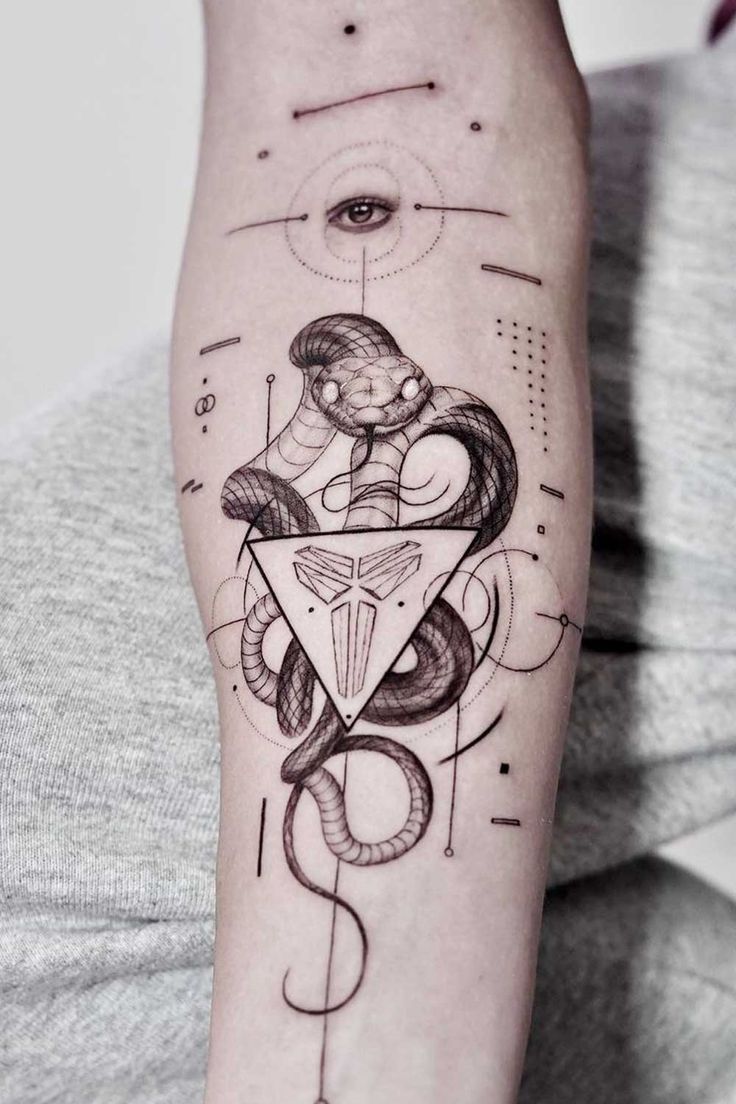
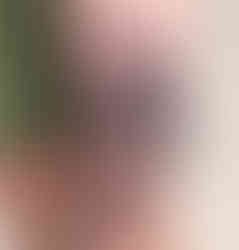


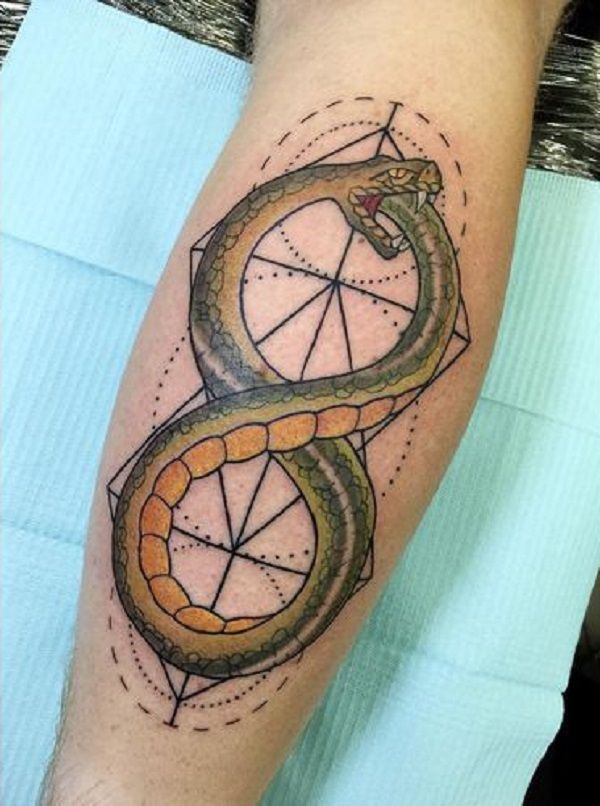

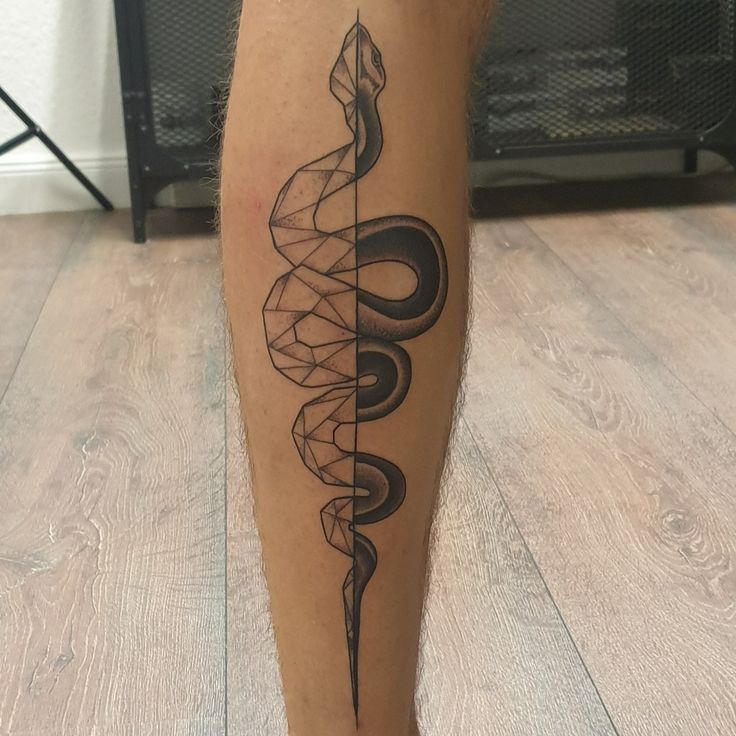



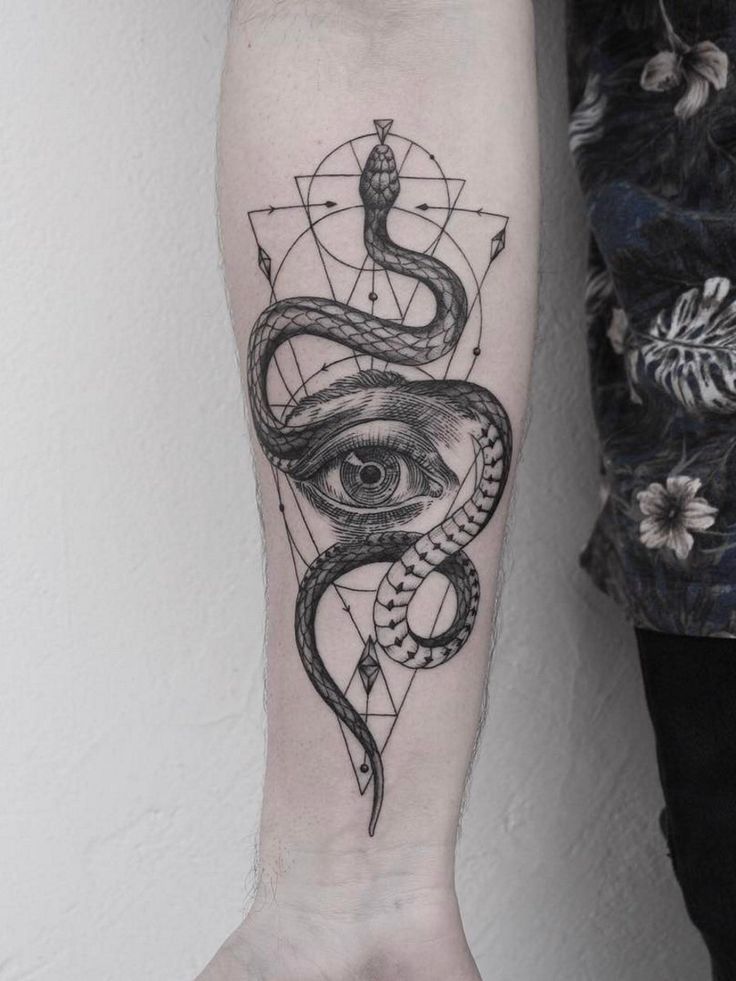

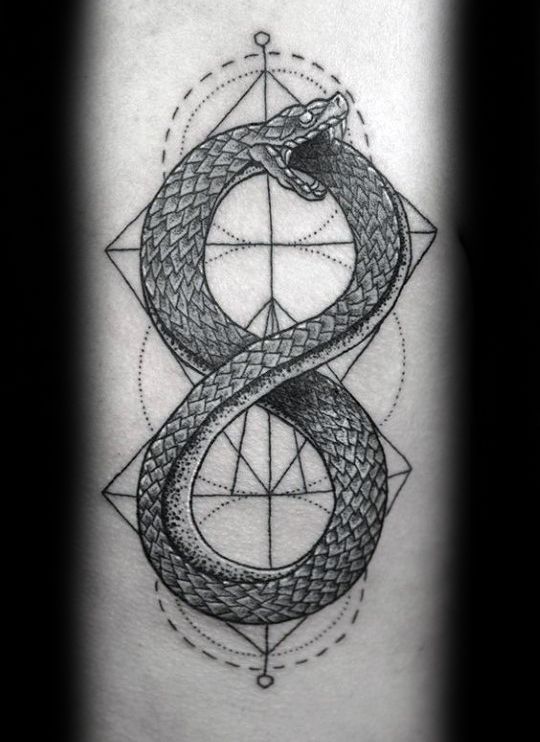

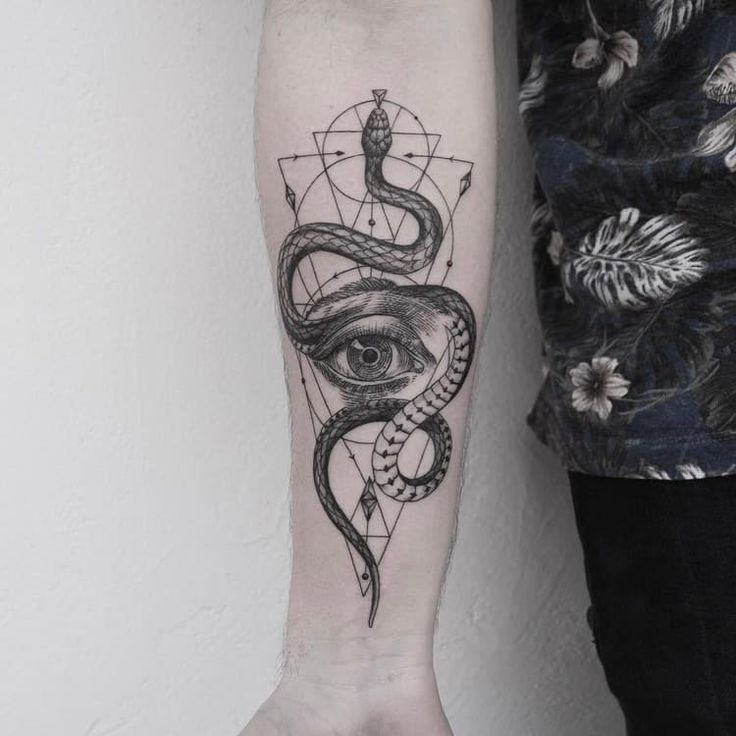











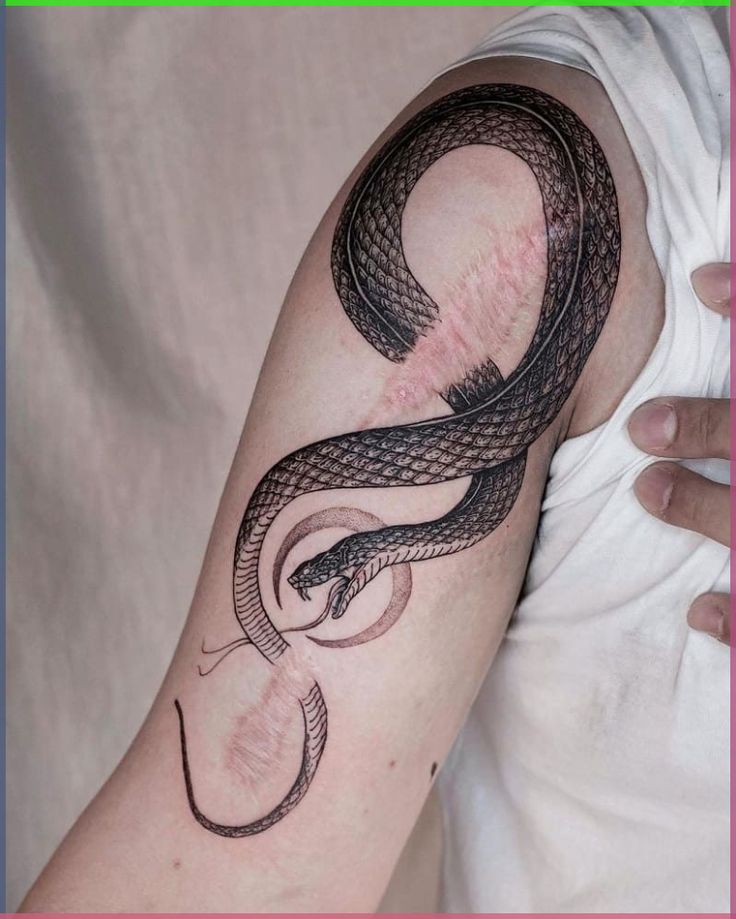

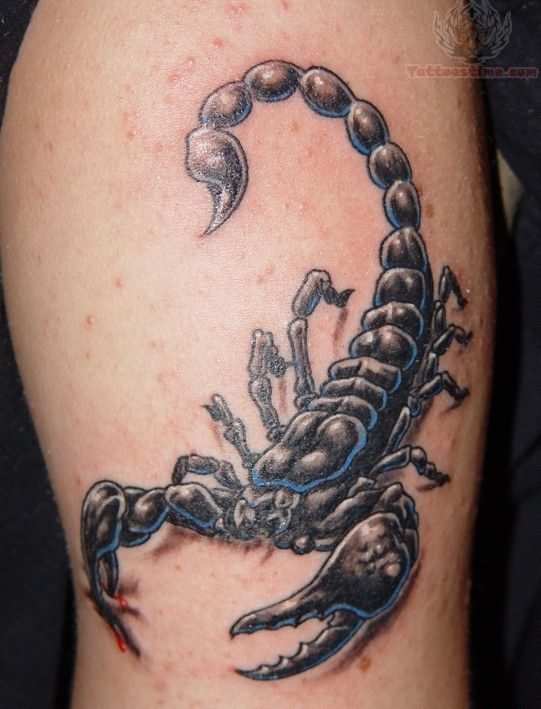

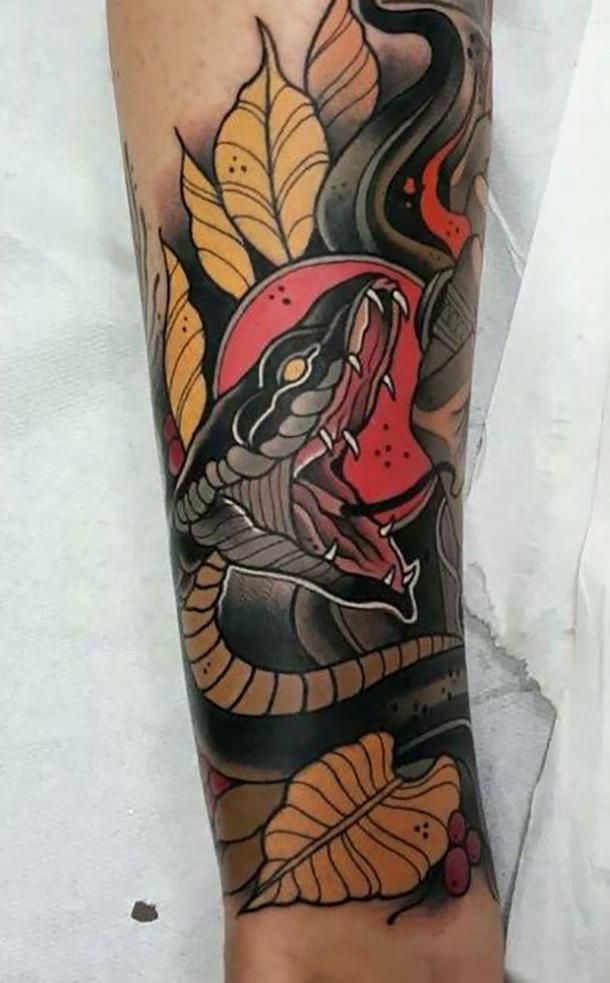



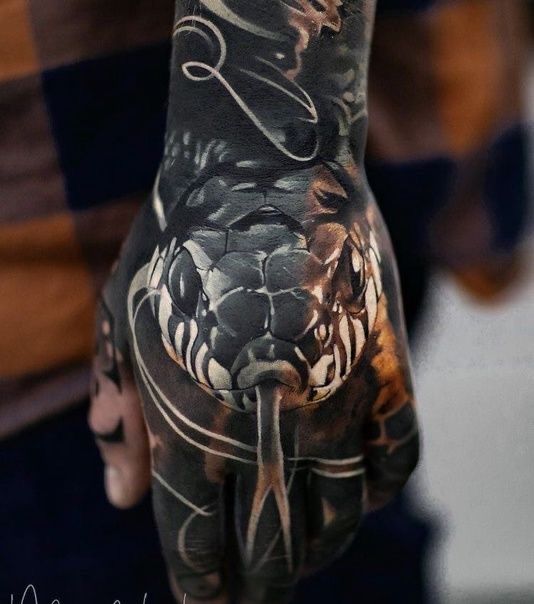

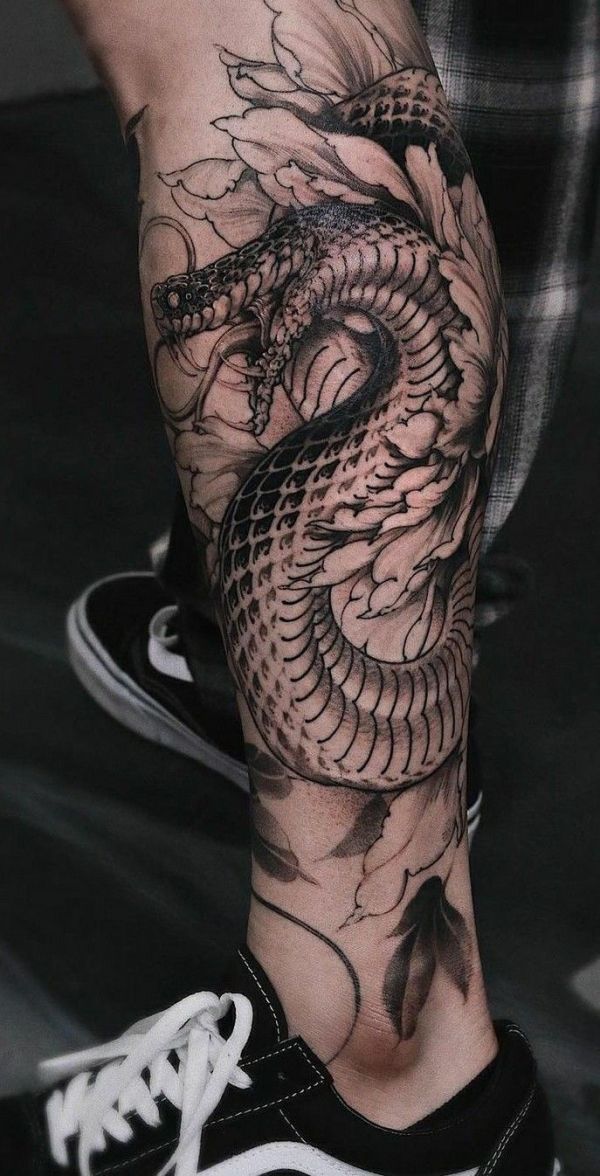

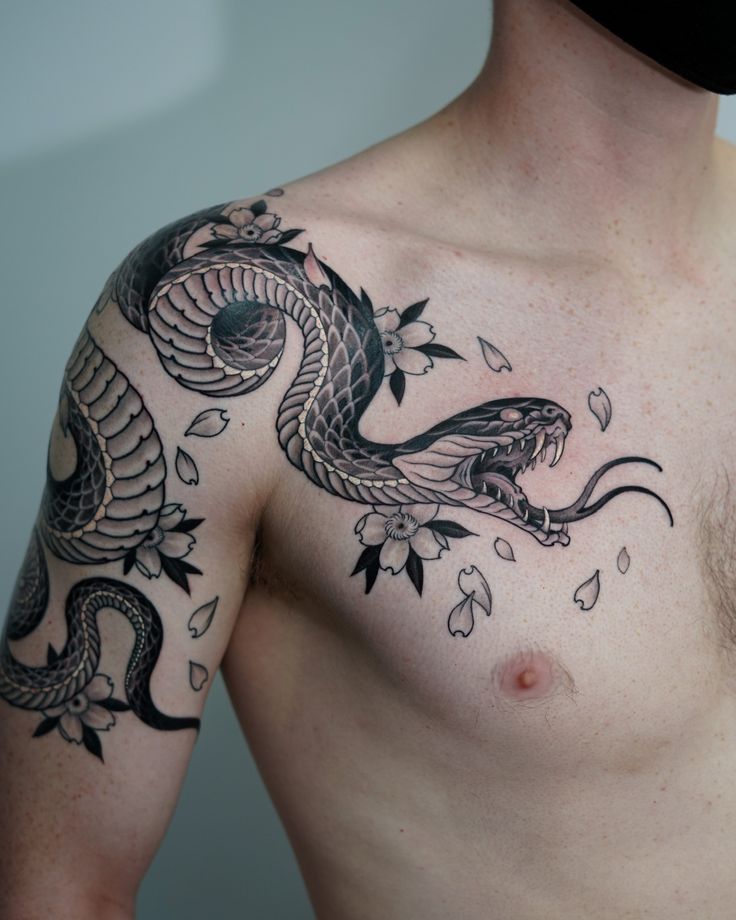

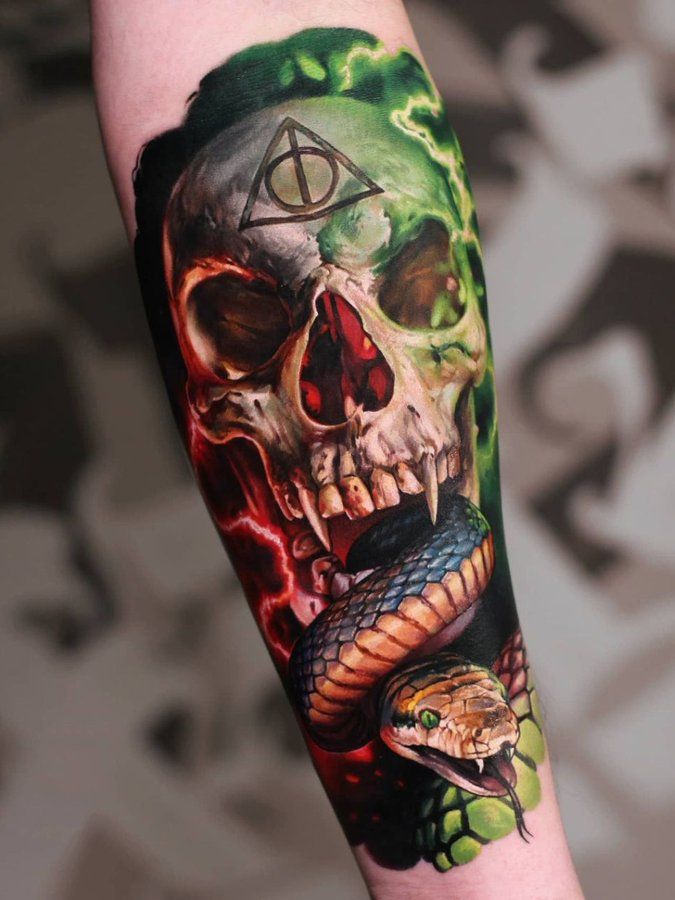



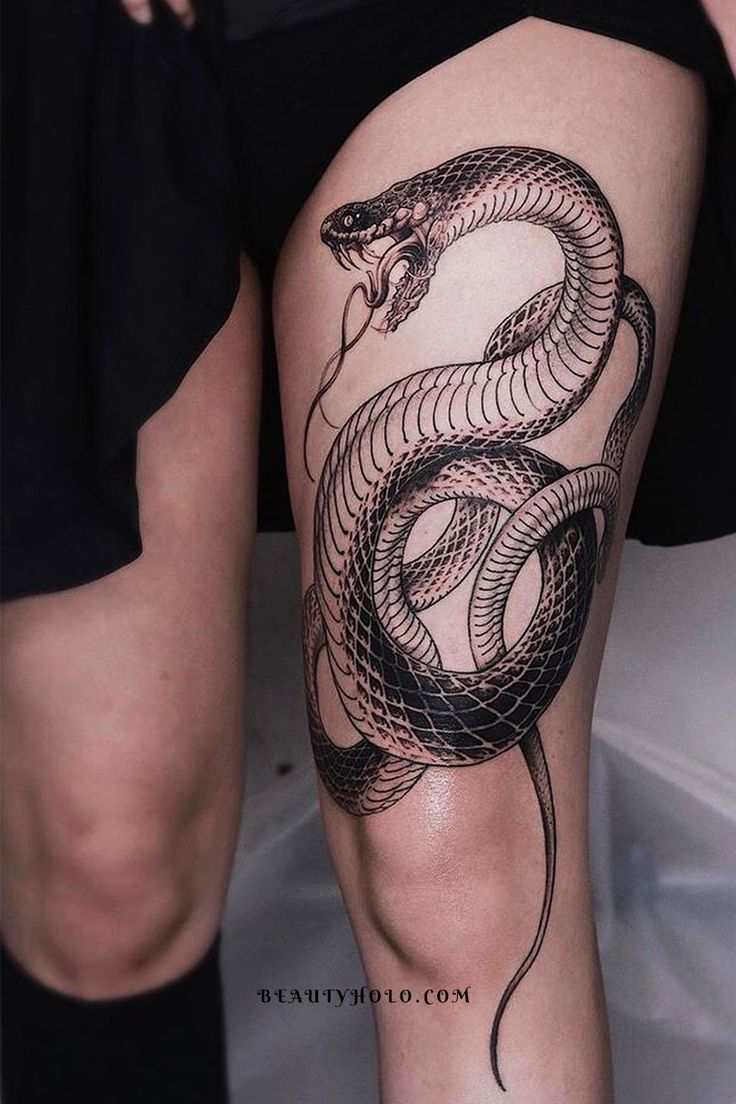

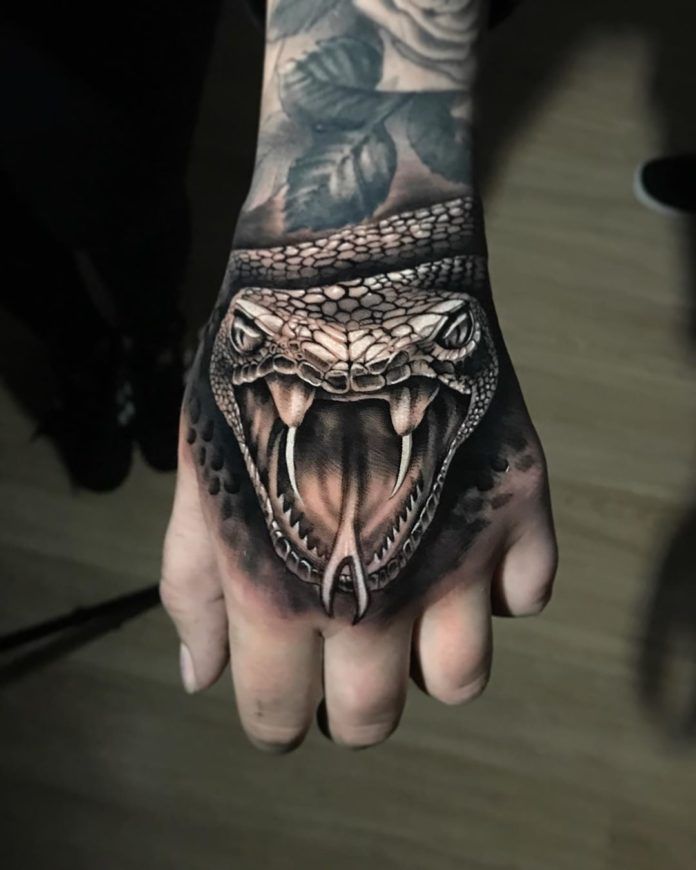



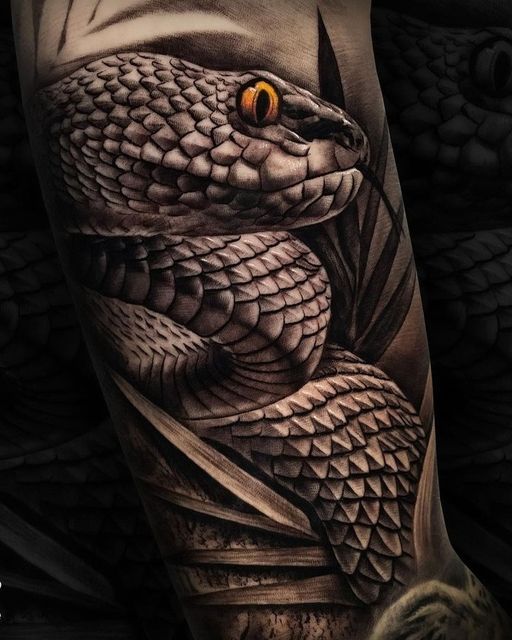

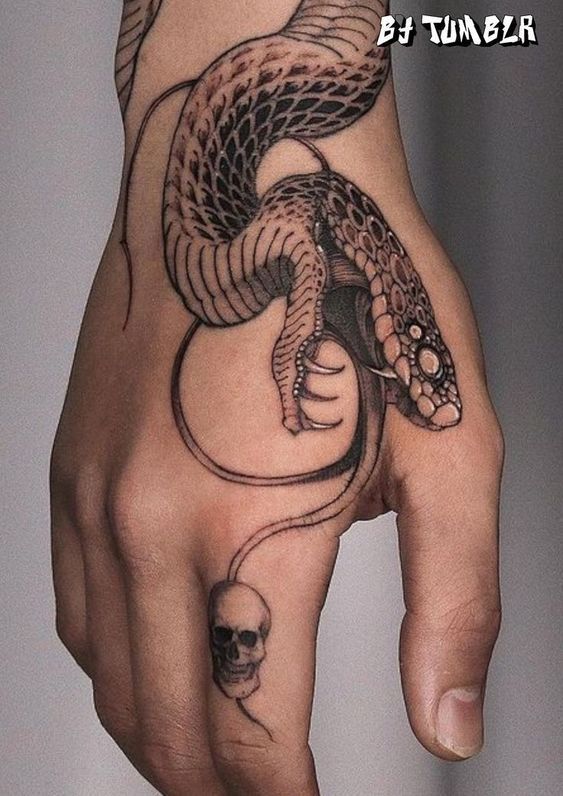

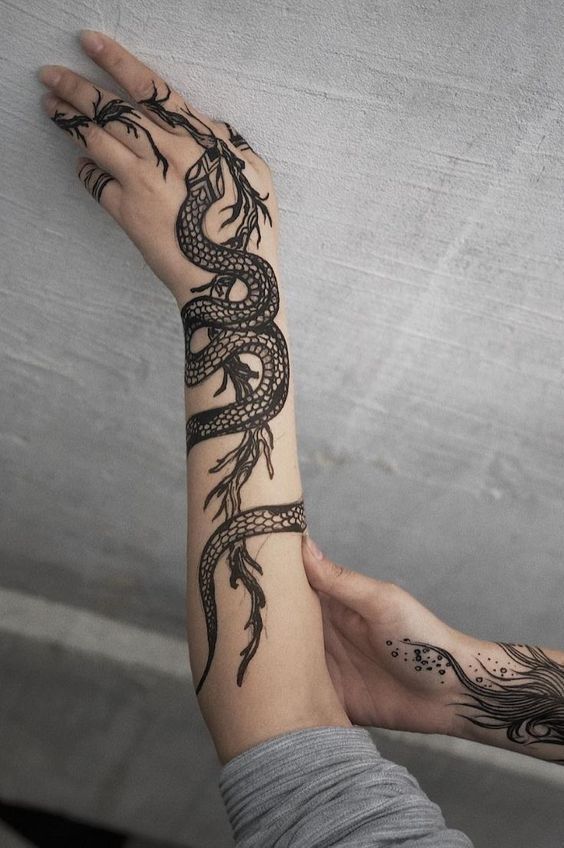

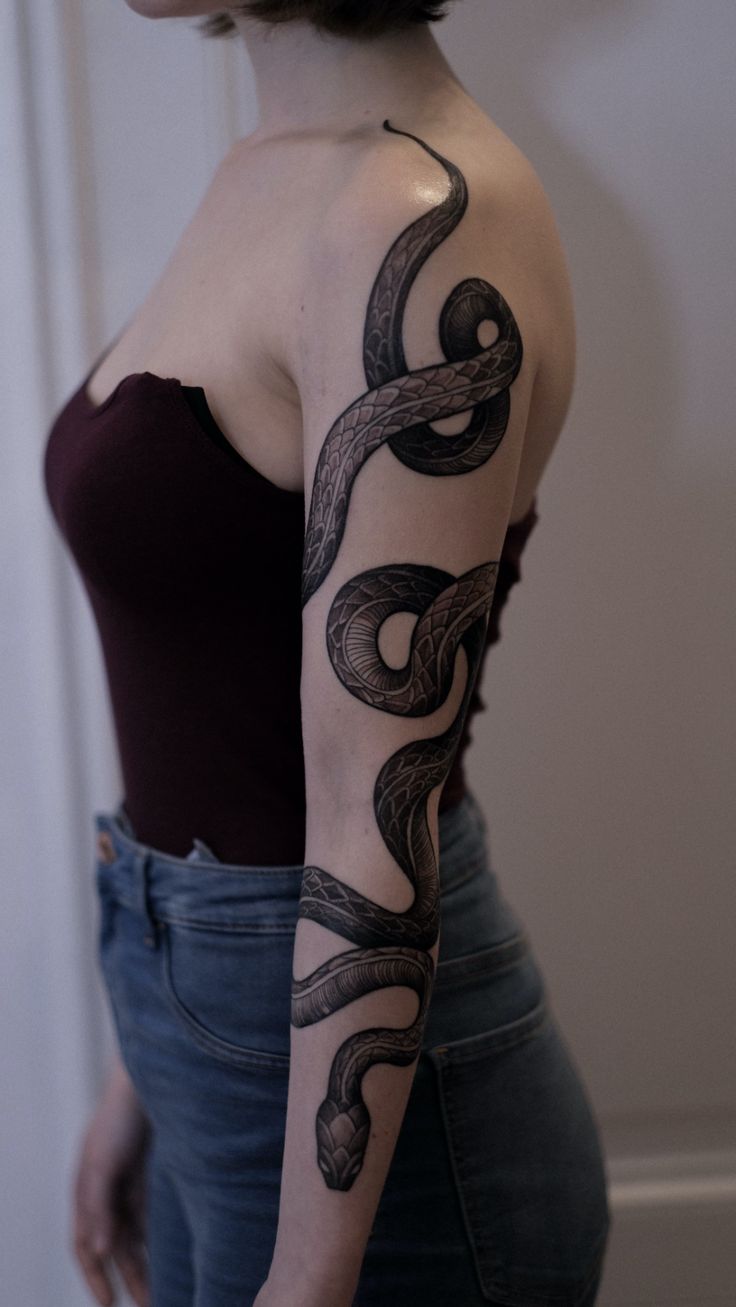

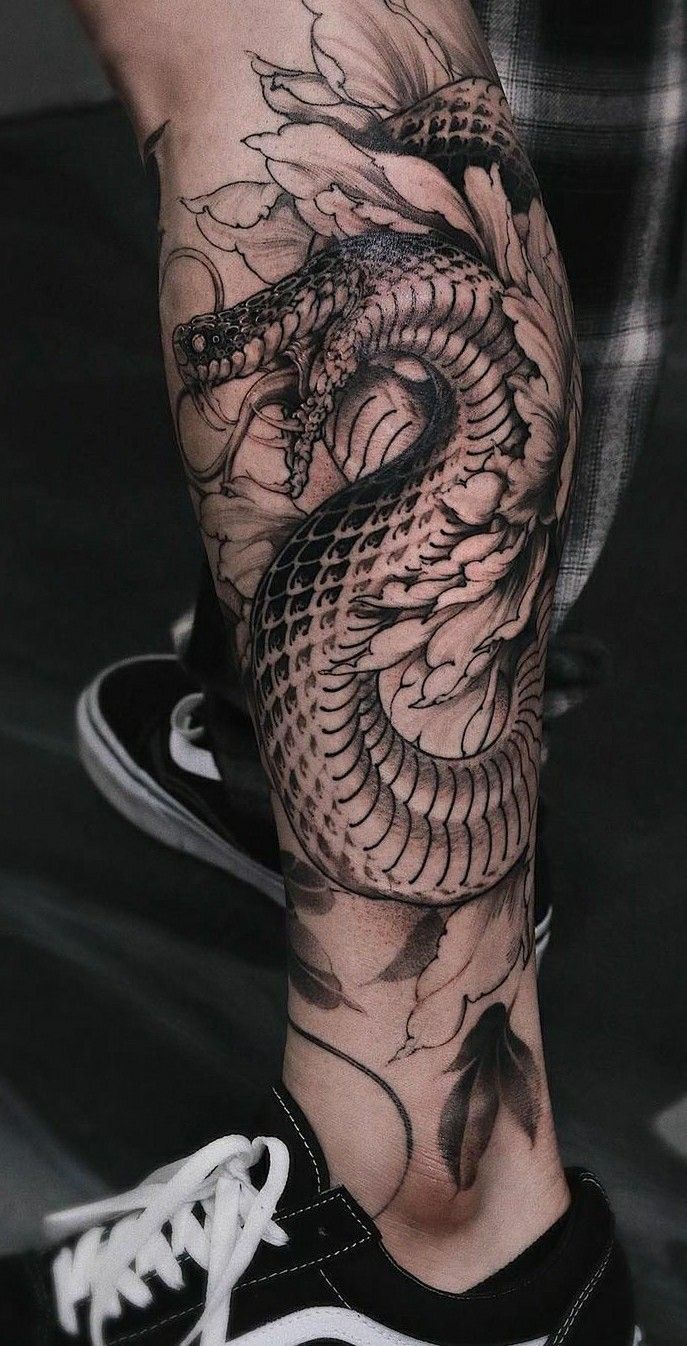



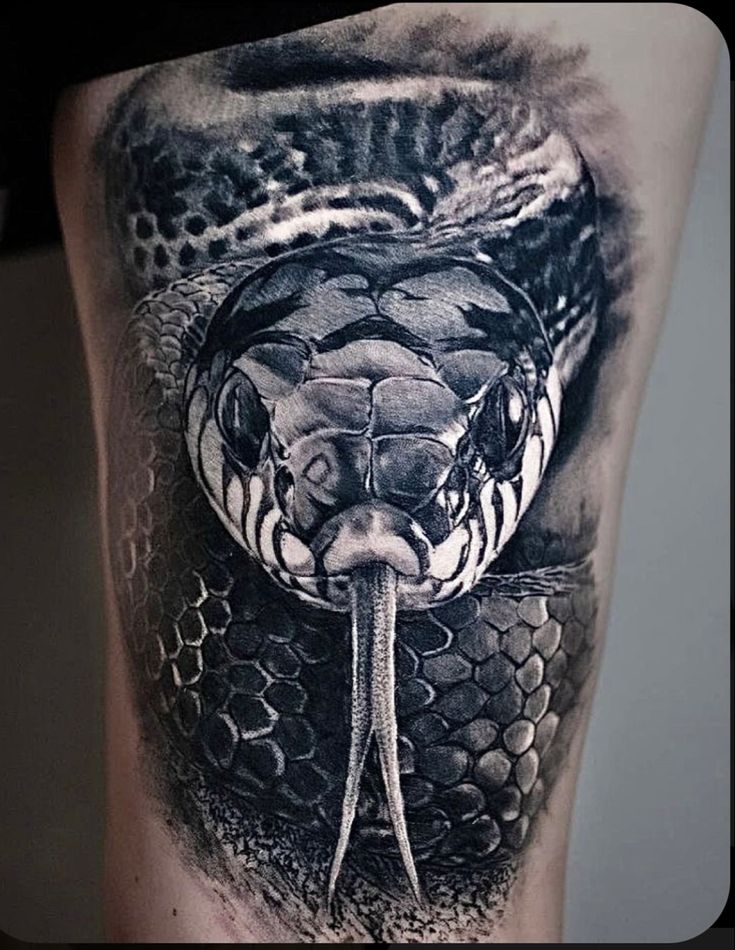



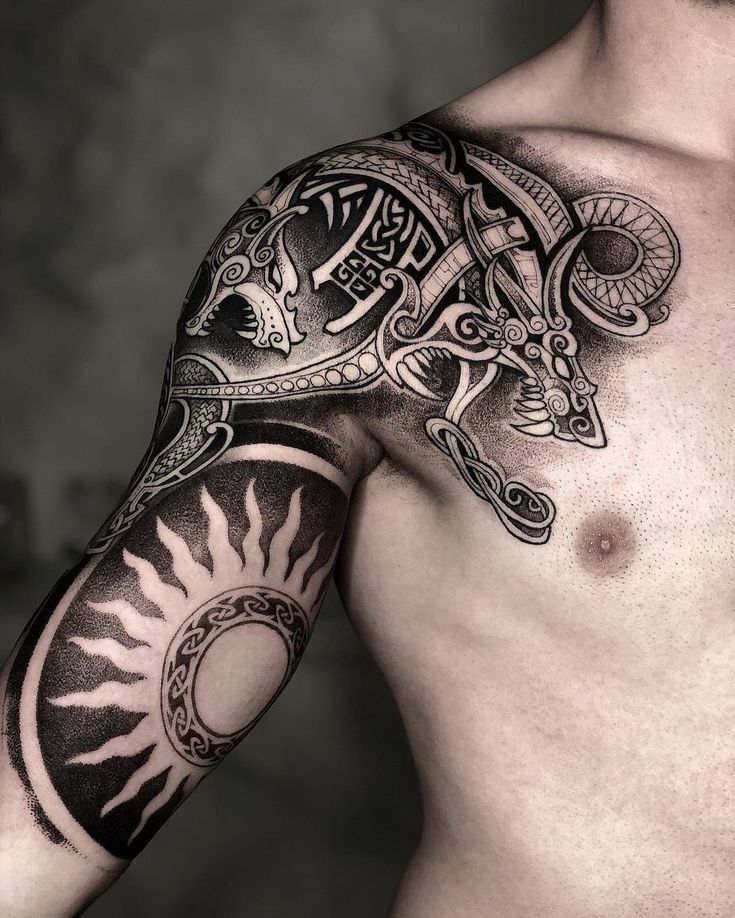

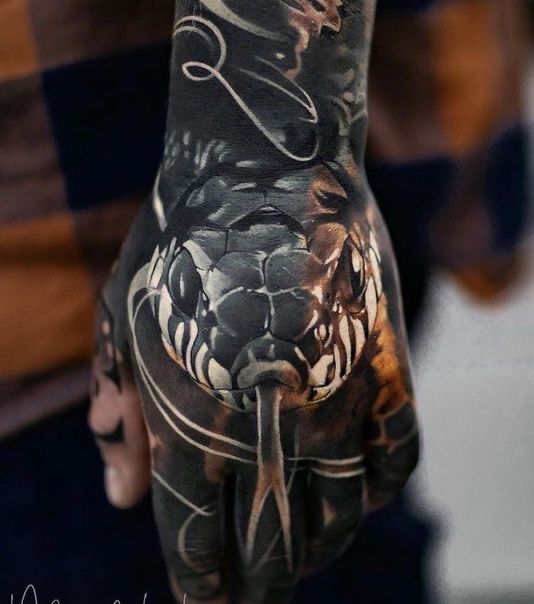

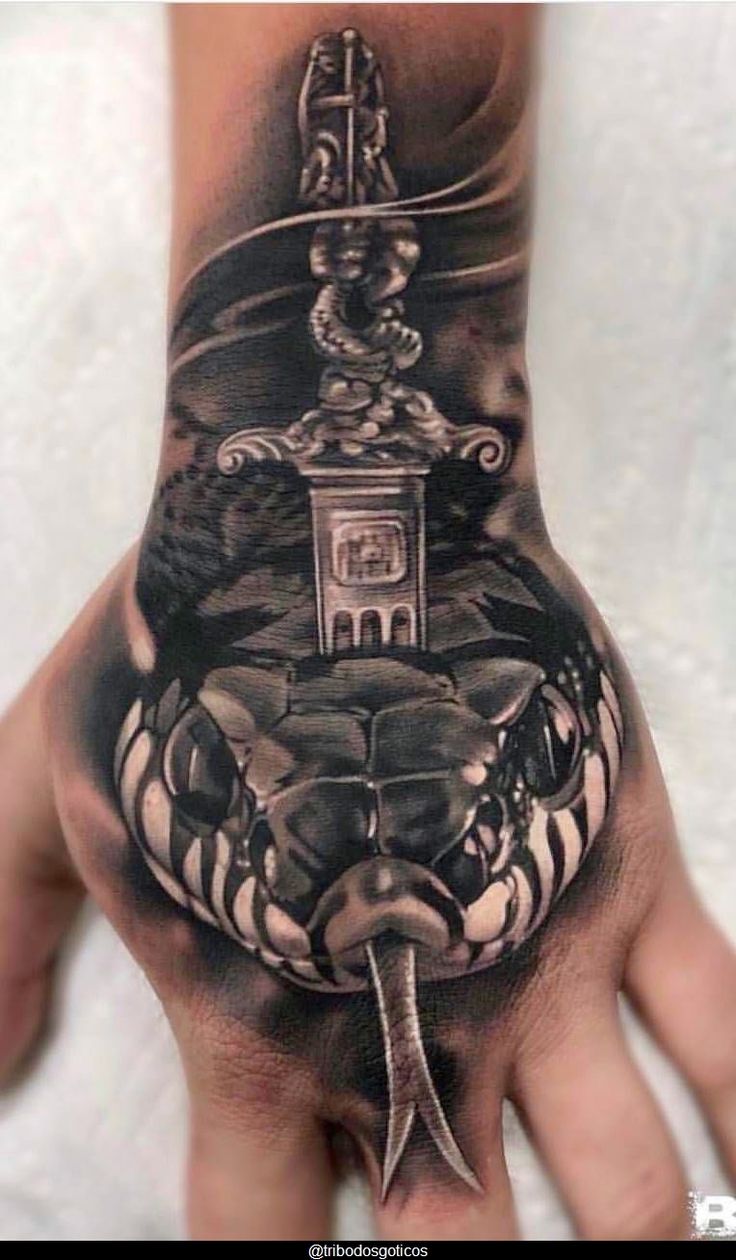

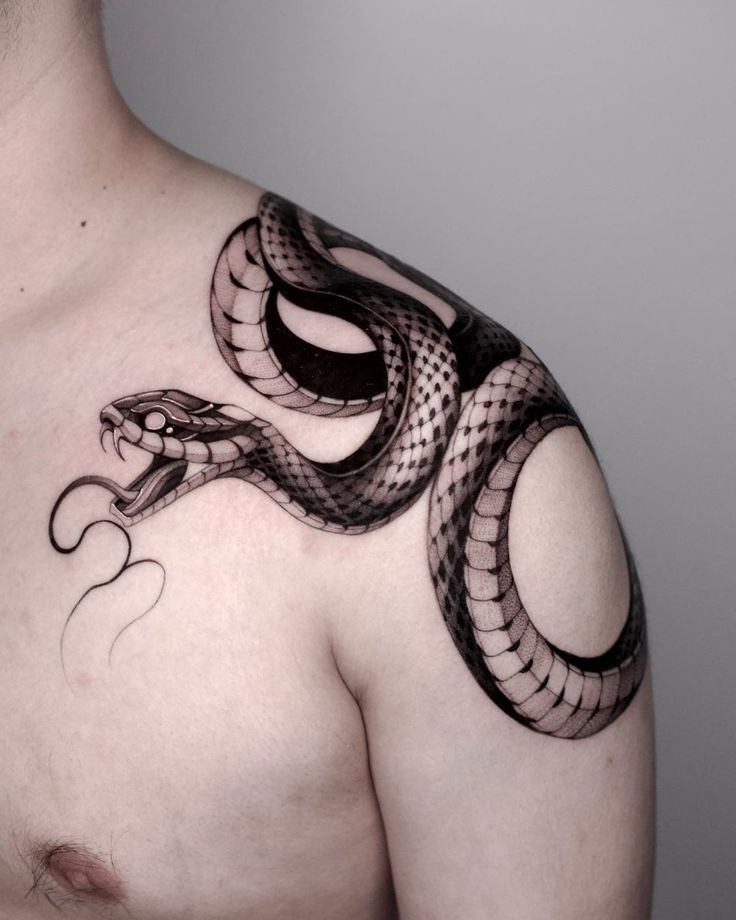





























Comments